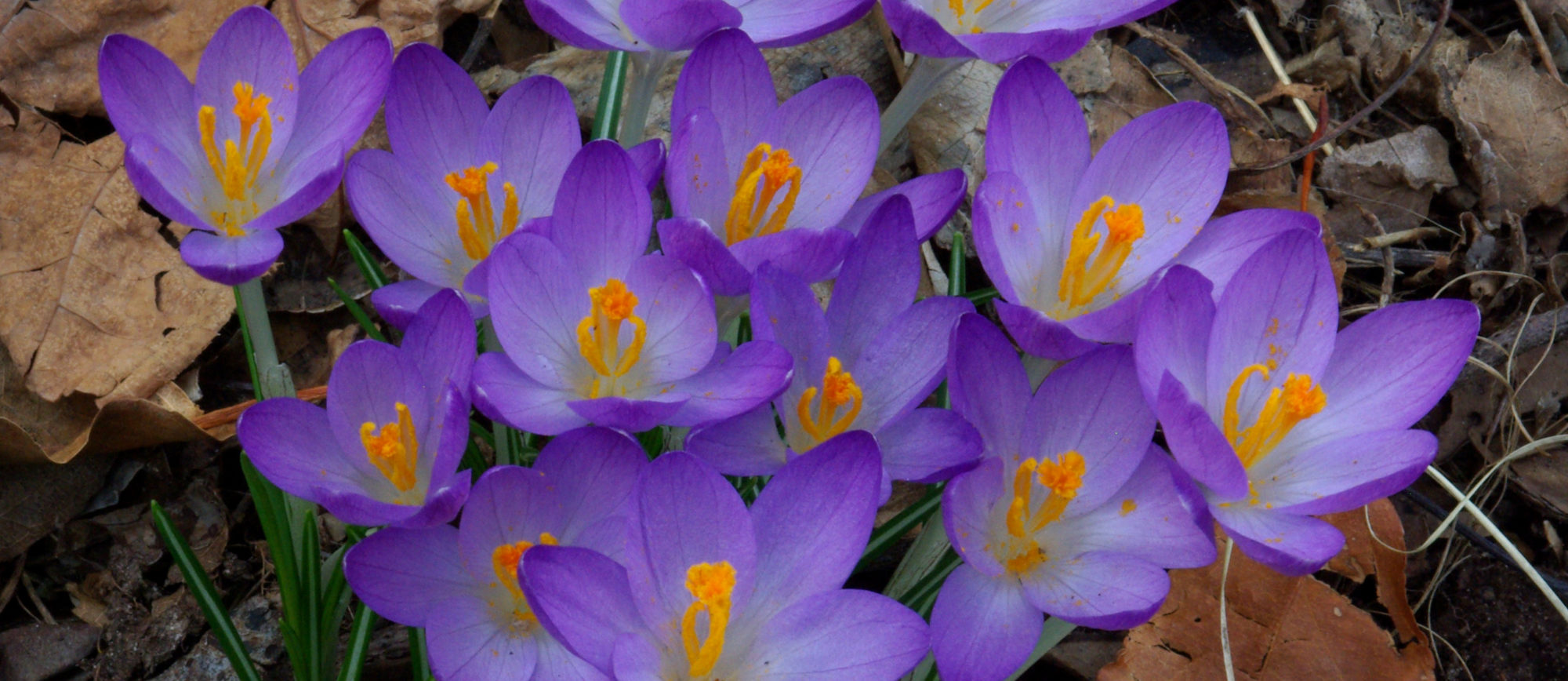study floor and shelves
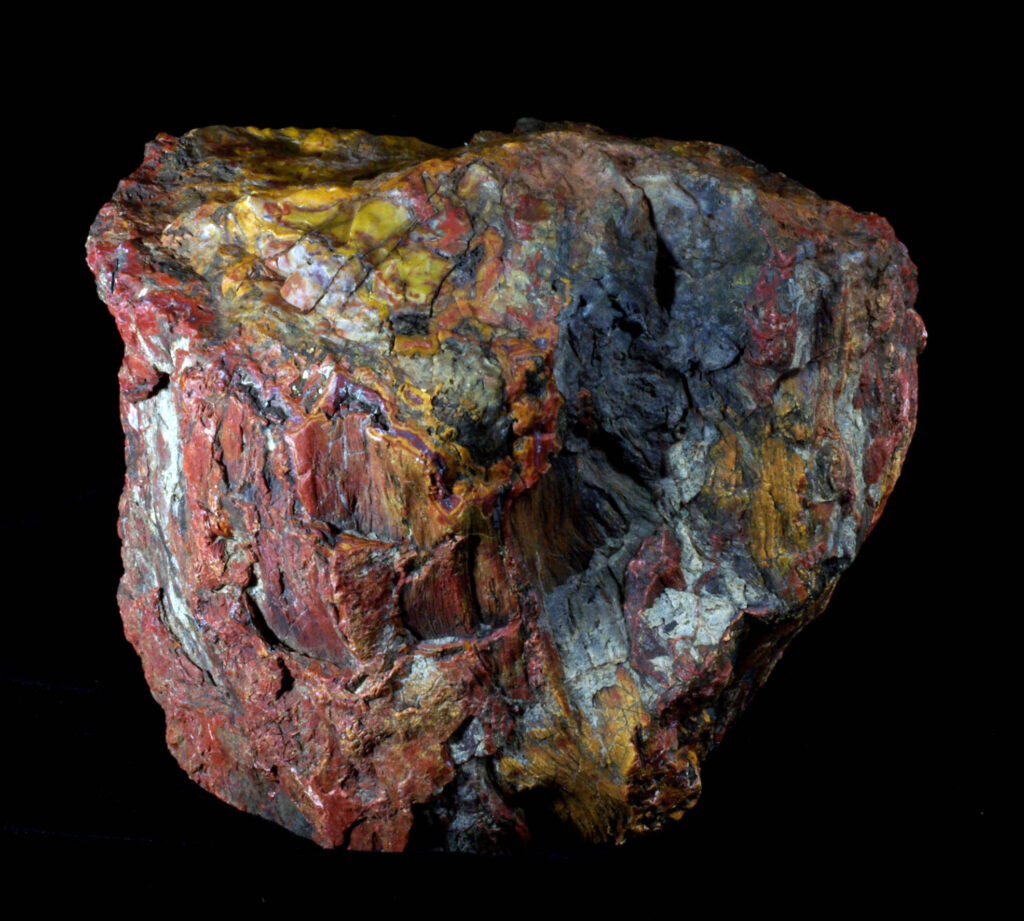
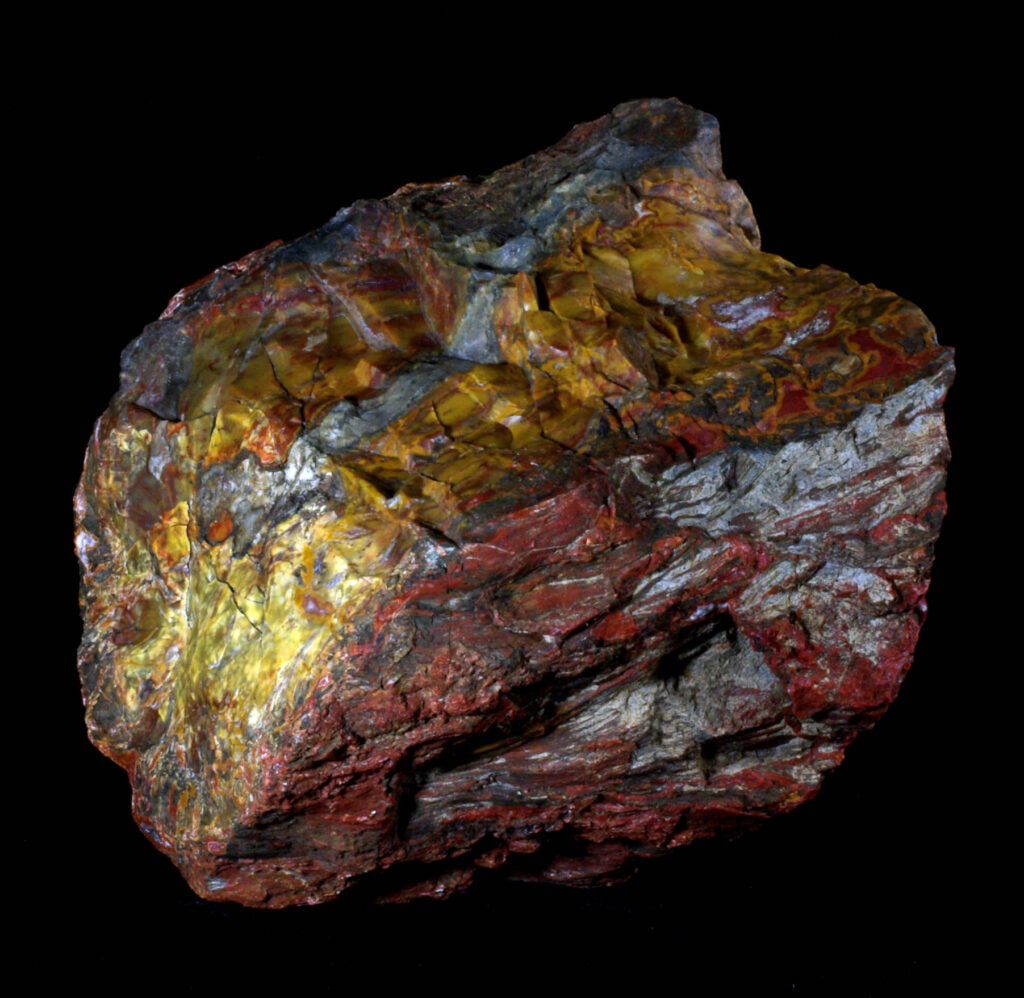
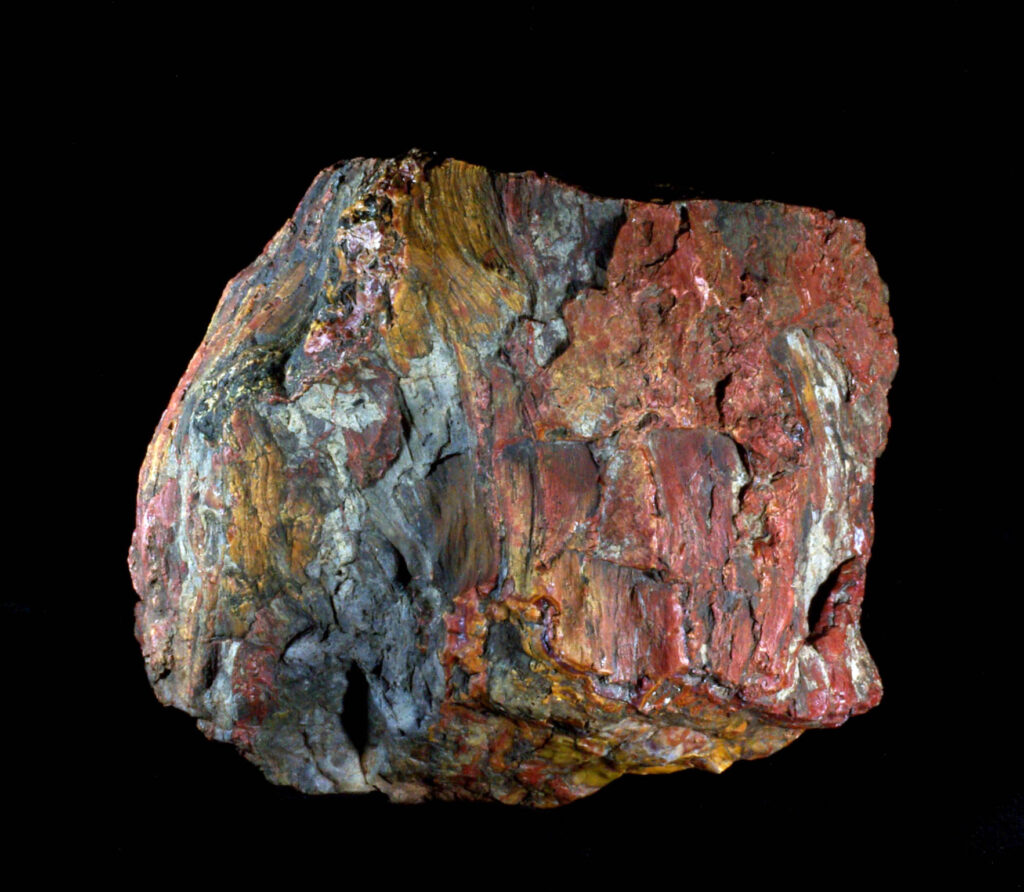
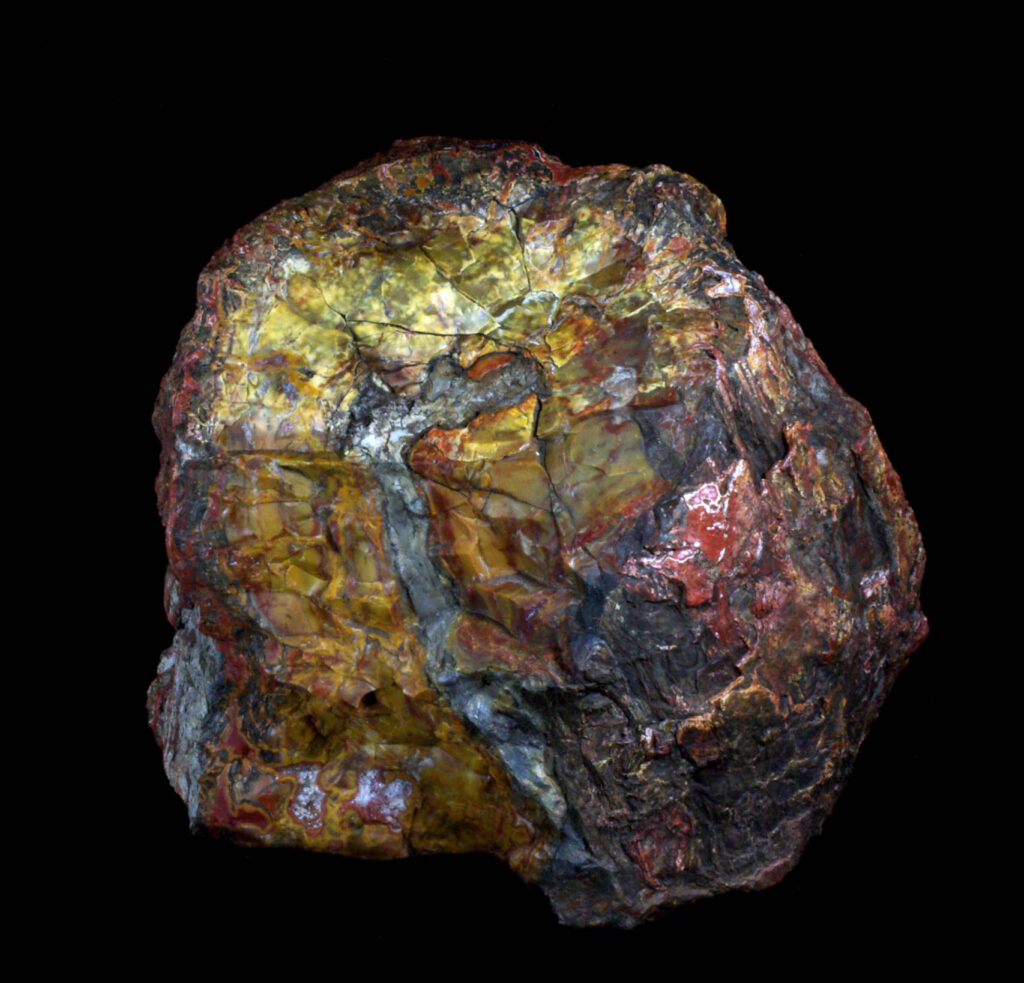
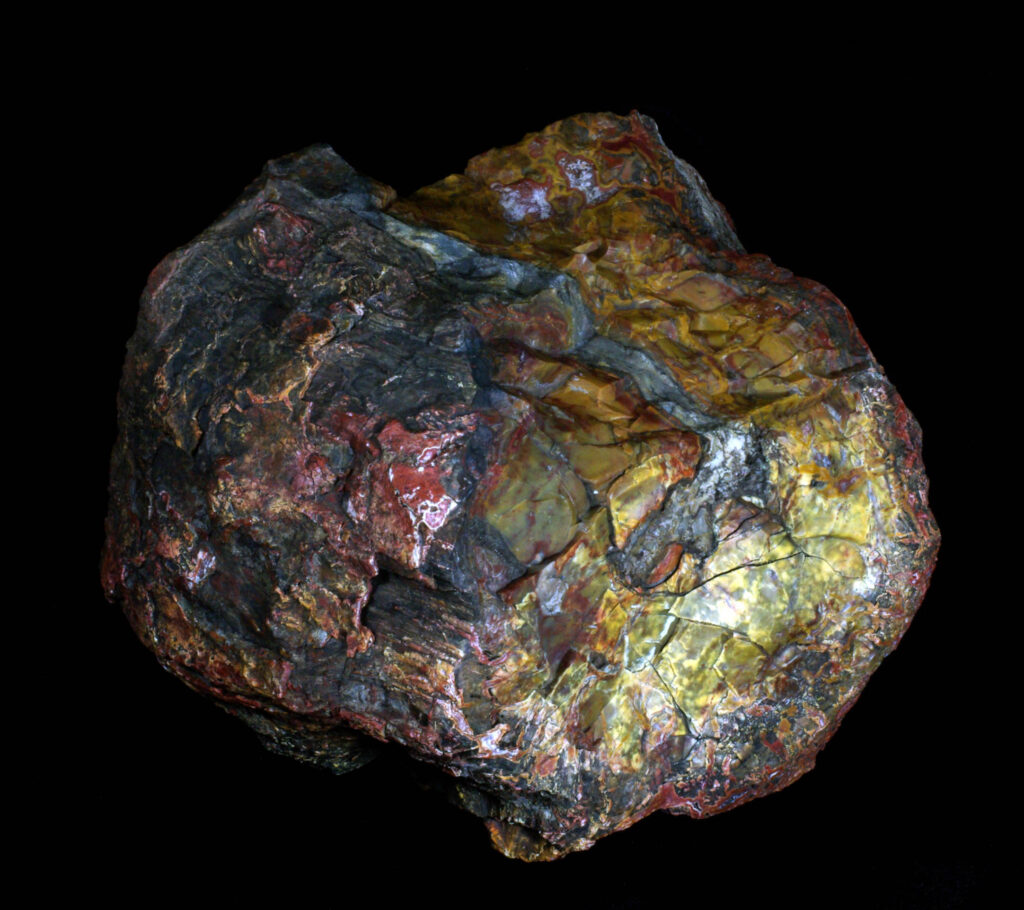
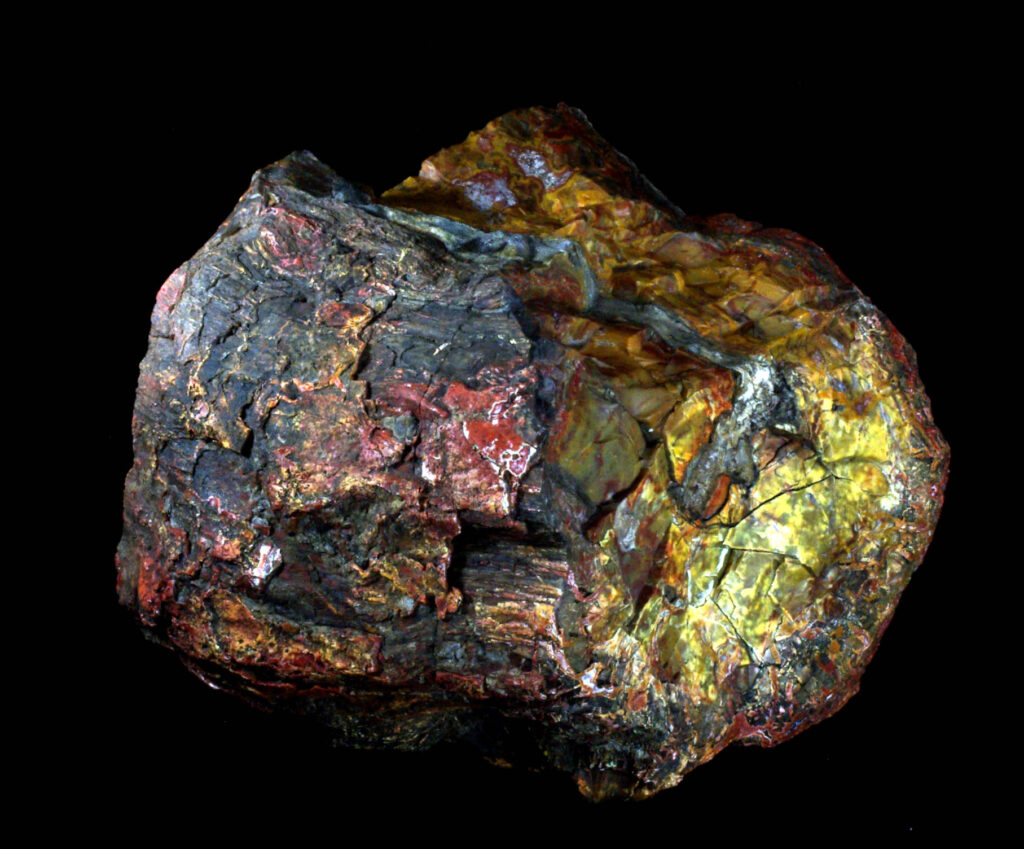
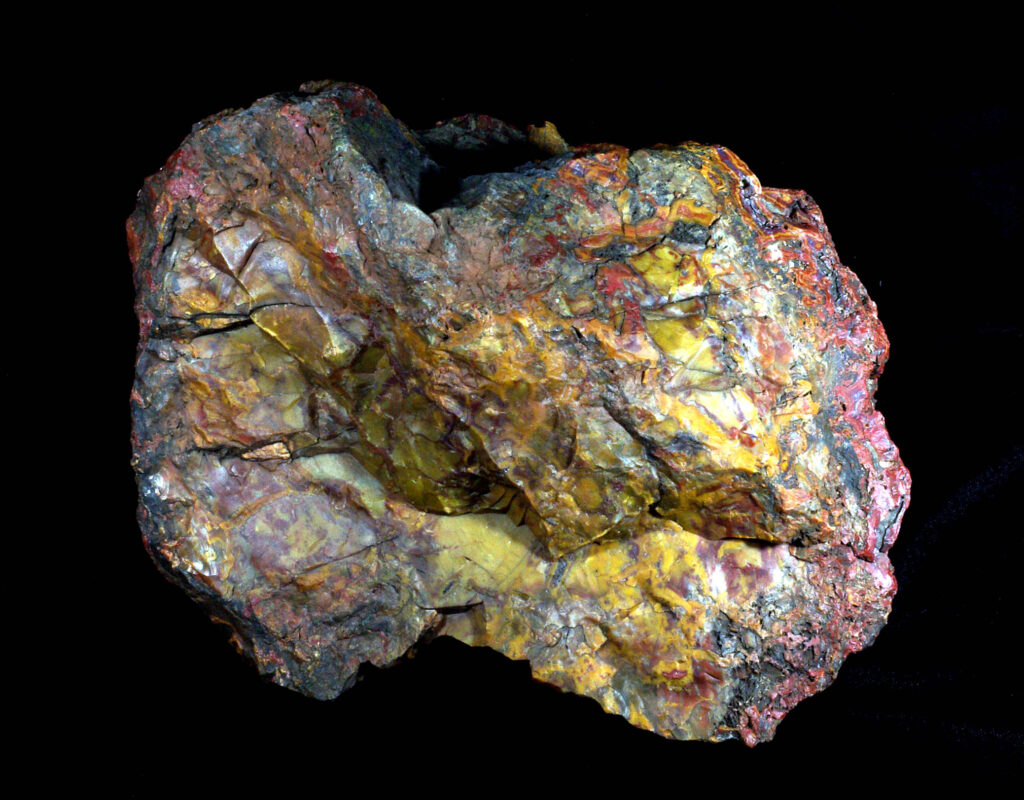
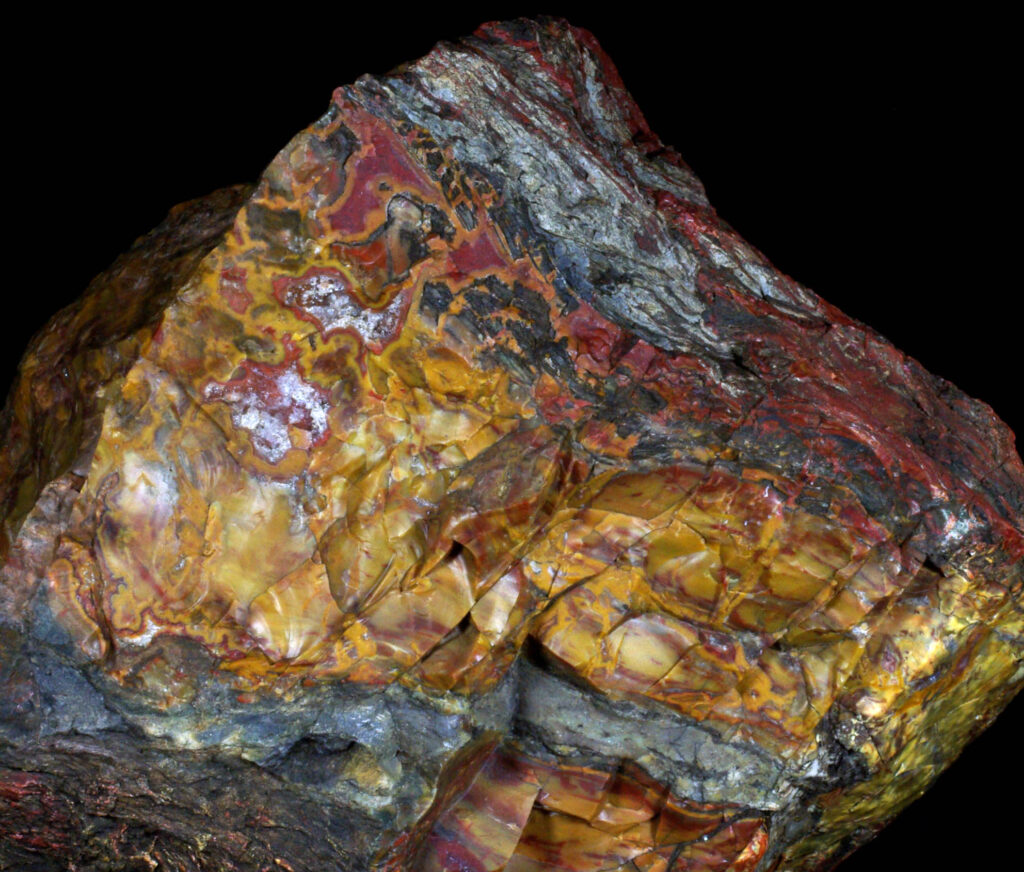
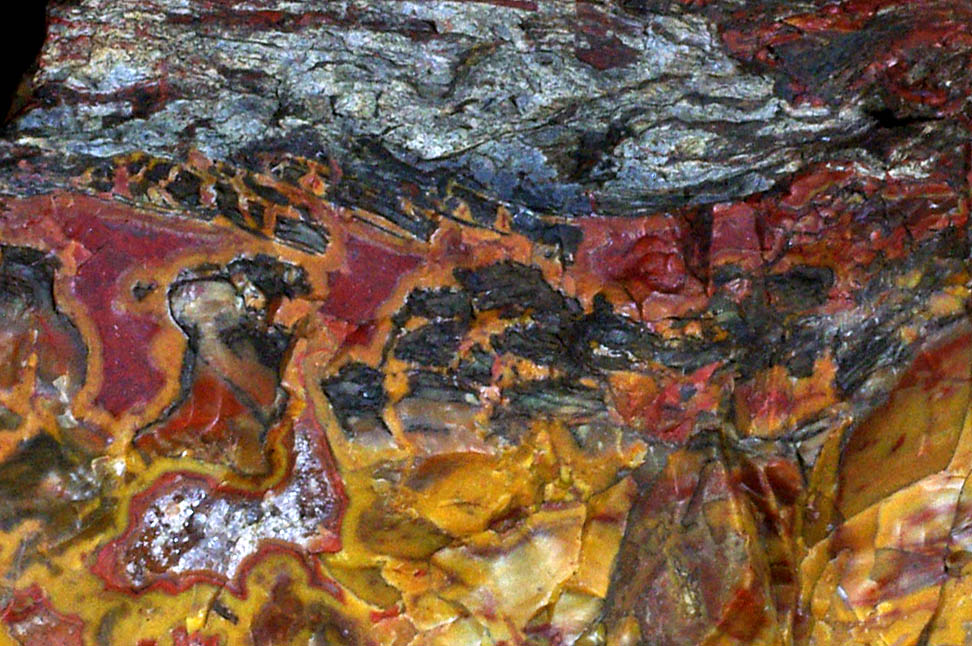
112. Desert Sentinel. Jurassic; Morrison formation. Sculpted by the Universe and its forces in either what we now call the Henry Mountains or Grand County, Utah – home of Yellow Cat. The locations share similar coloring and mineralization. It’s easy to see that it was surface collected and which end was up for all those millennia while it basked in what the Cosmos had to throw its way. Abundant surface character. A work of art. Full round log, as found, neither cut nor polished. Banks Collection. No glue or filler. It would fit in a box of about 17 by 19 by 15 cm; weight is fifteen pounds. Glorious.
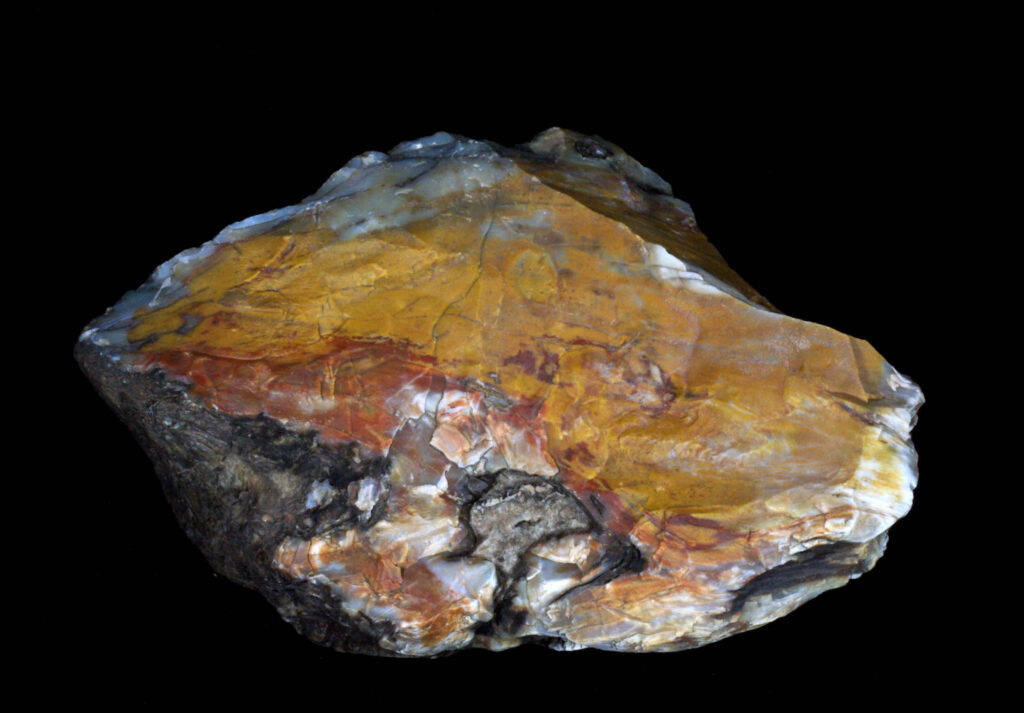
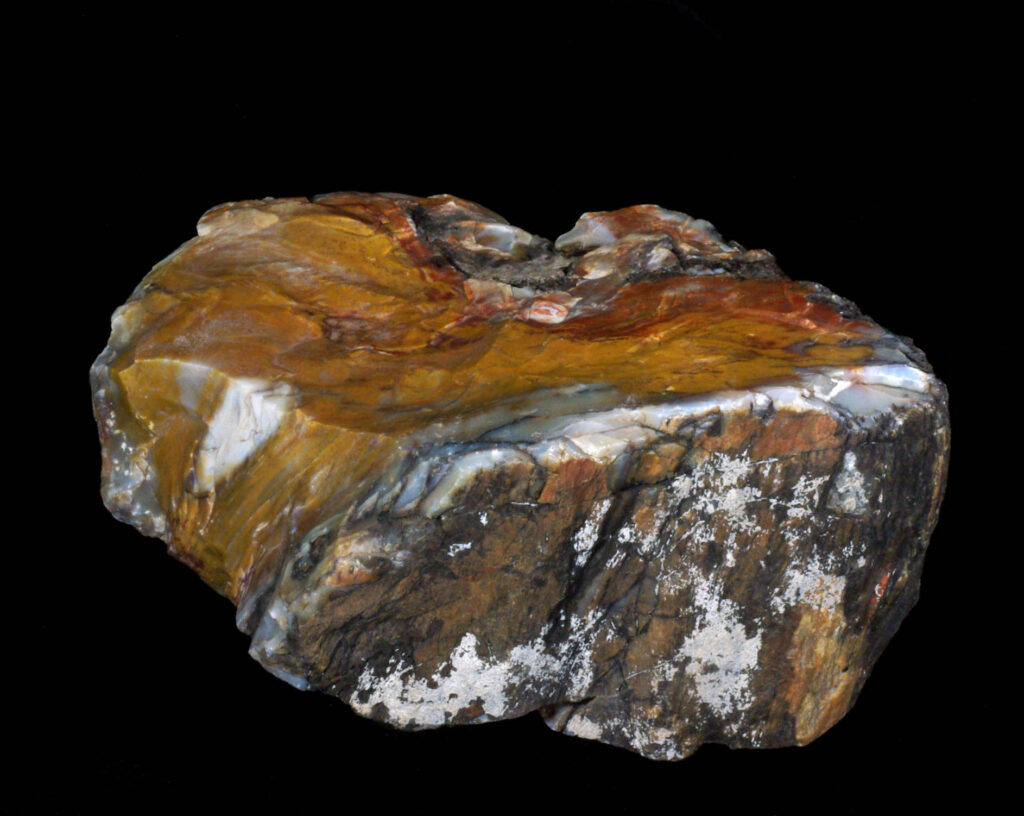
113. Henry Mountains, southern drainage. Jurassic; Morrison formation. Solid piece with nice golden yellow. As found. No glue or filler. It would fit in a box of about 10 by 22 by 15 cm; weight is six pounds and eleven ounces.
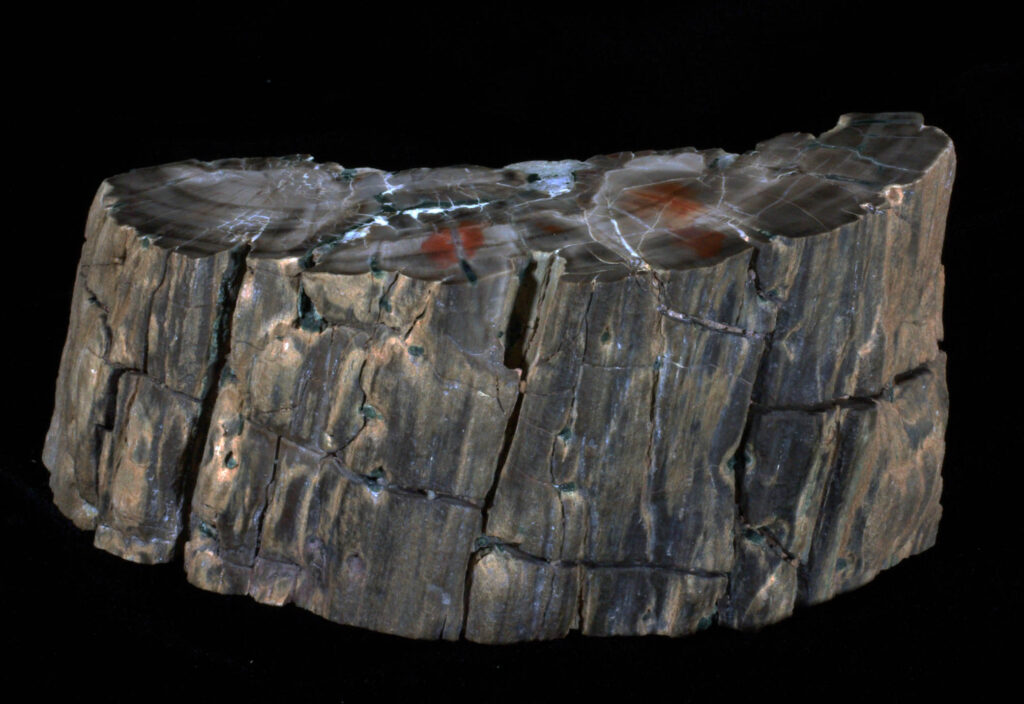
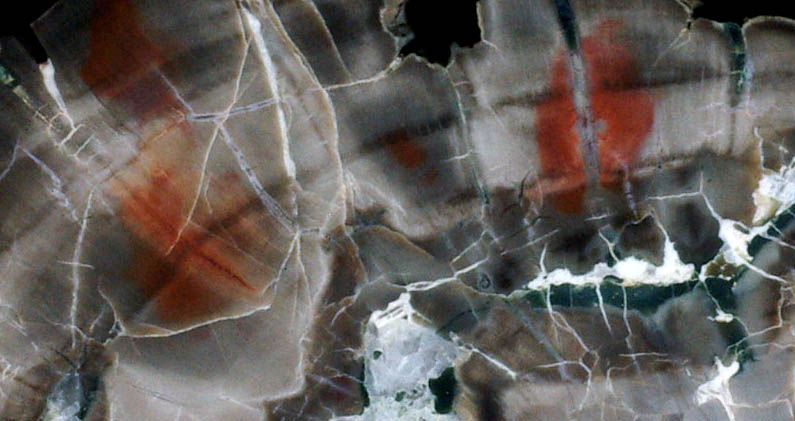
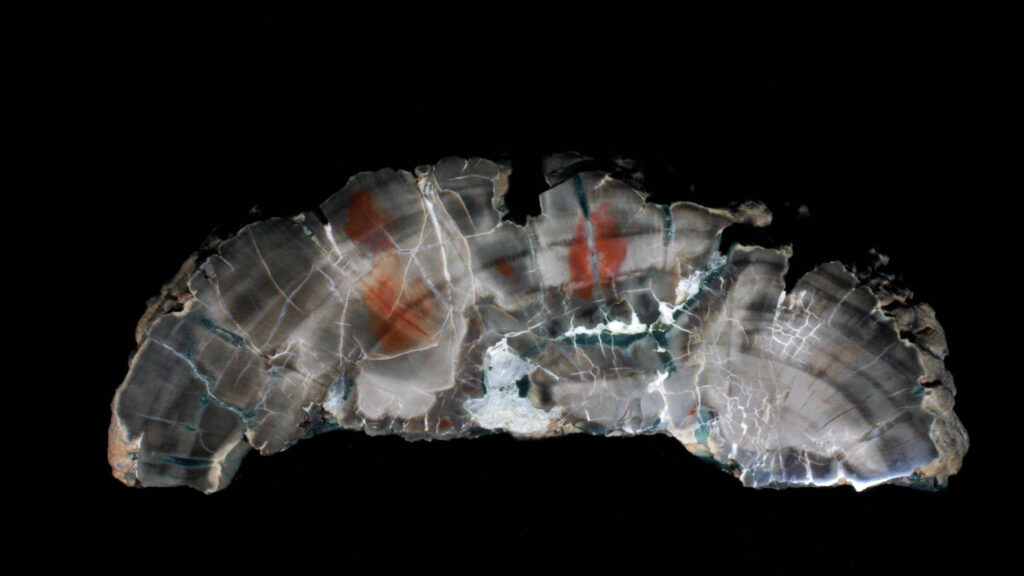
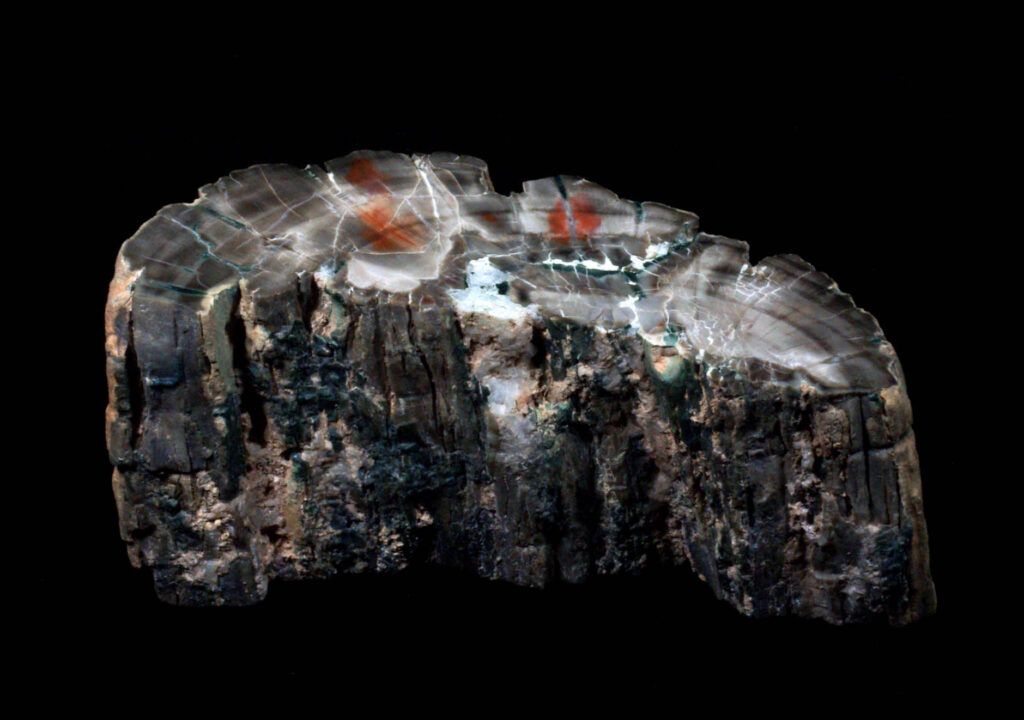
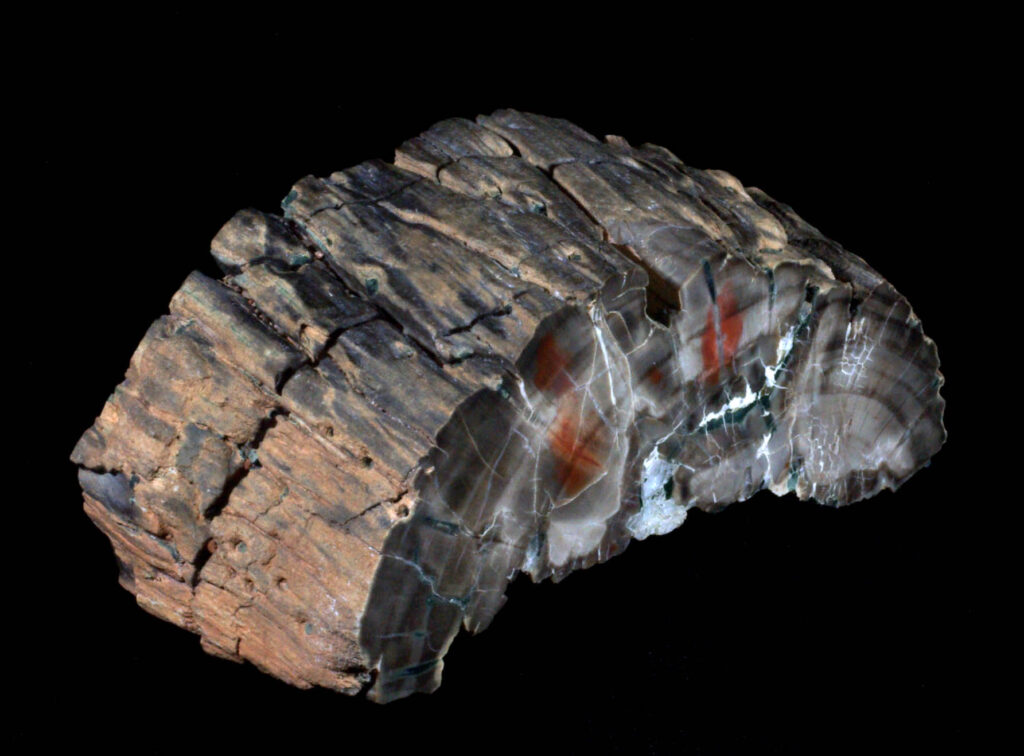
114. Woodworthia. Henry Mountains area. Triassic; Chinle formation. Colorful for Chinle wood with excellent external spine dimples. Cut on both ends and polished on one. Rare quality. No glue or filler. Ancient Forests on page 276. 4 by 14 cm polished crescent-moon-shaped face; 7 cm tall; two pounds and seven ounces.
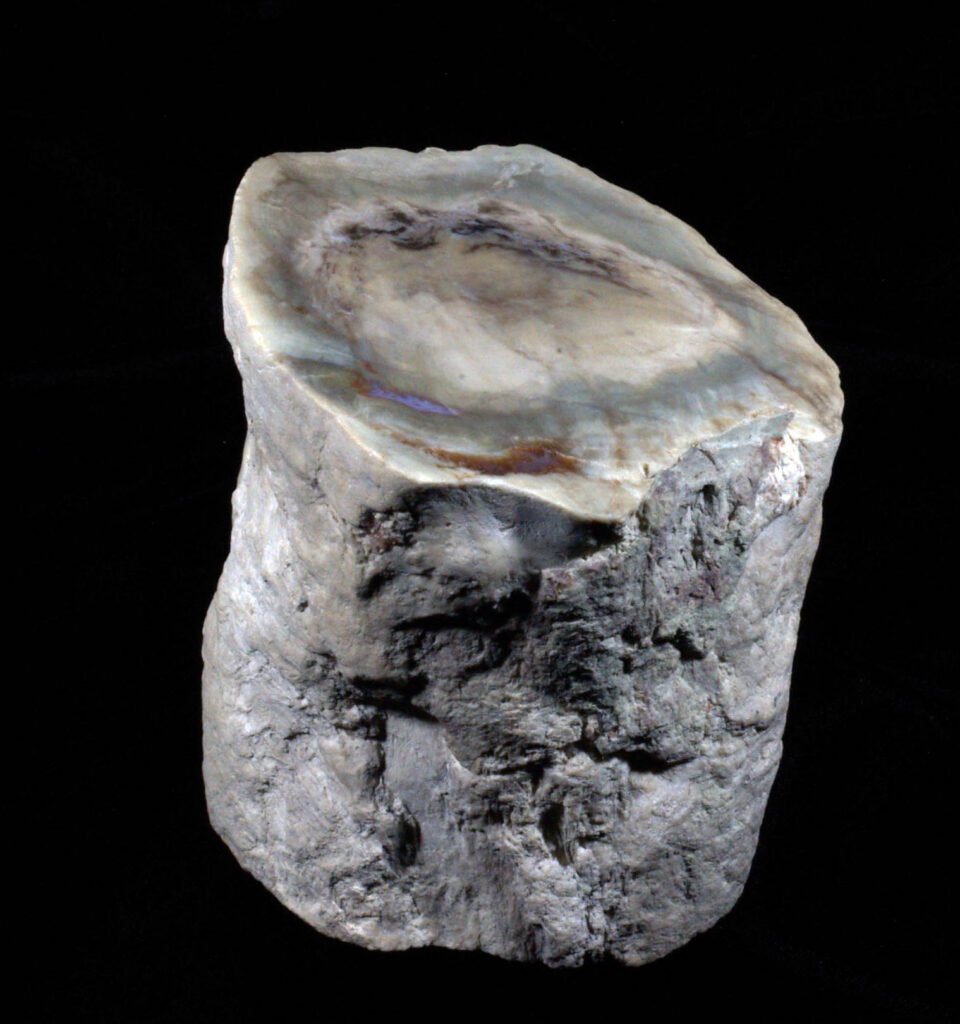
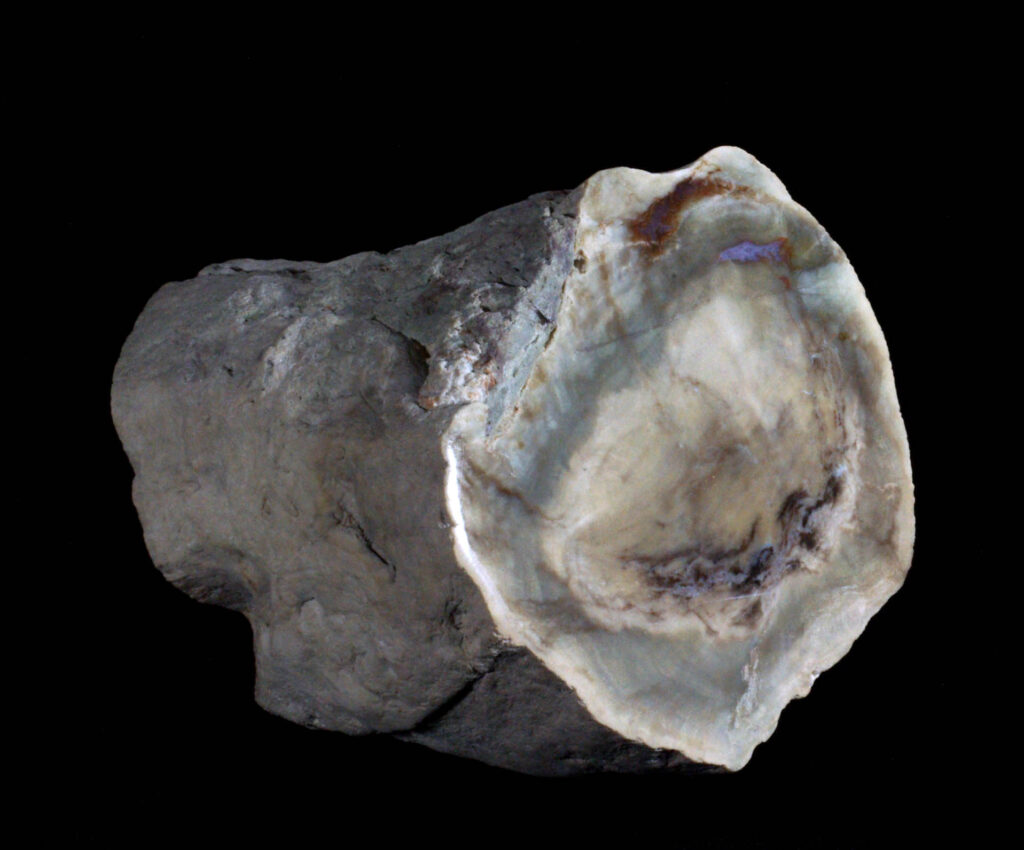
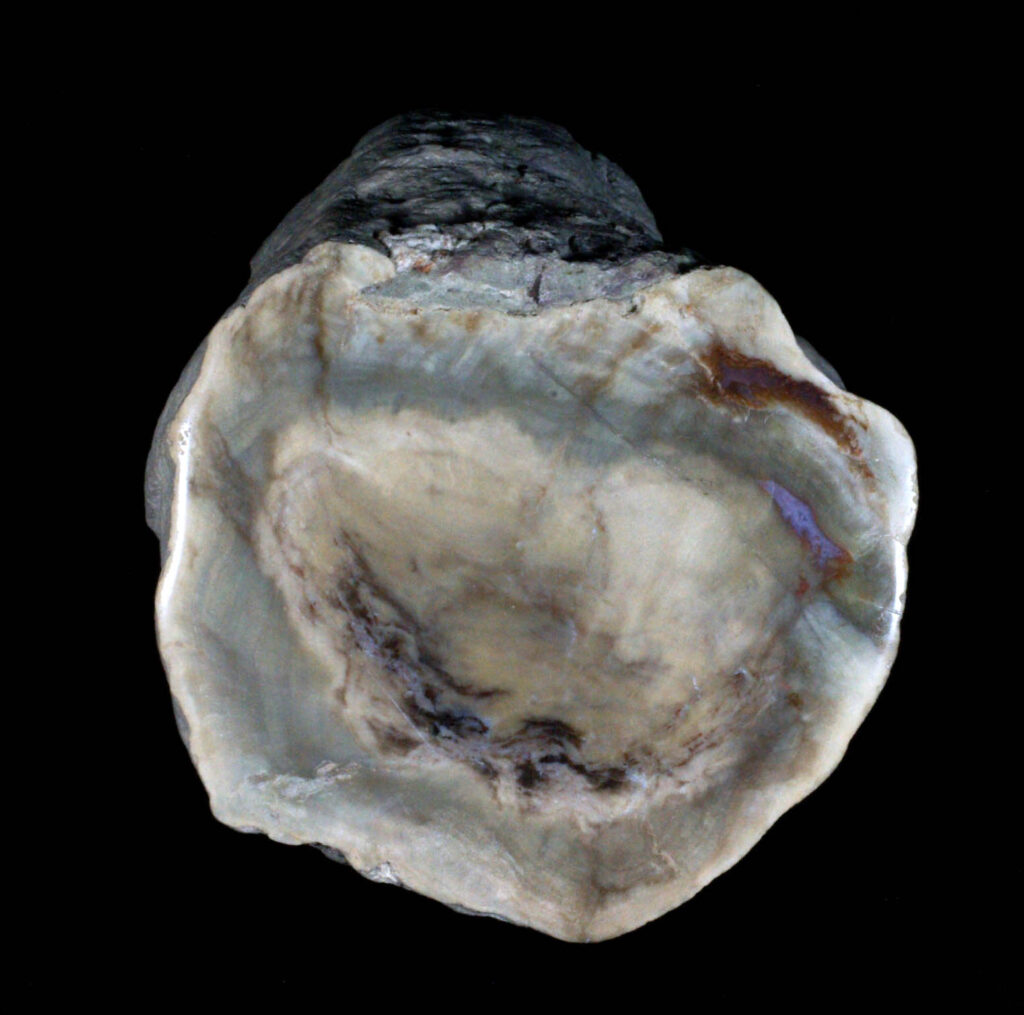
115. Circle Cliffs. Triassic; Chinle formation. Lovely, subdued alabaster-like coloring. Cut on both ends and polished on one. No glue or filler. Ancient Forests on page 276. 9 by 9.5 cm polished face; 9.5 cm tall; three pounds.
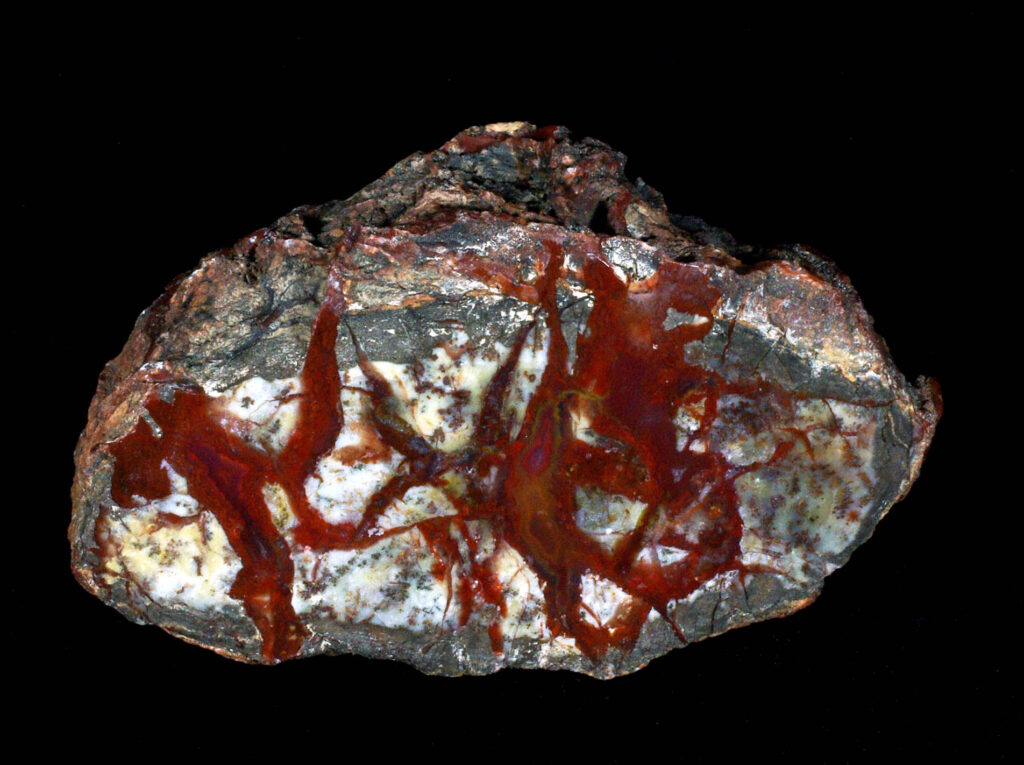
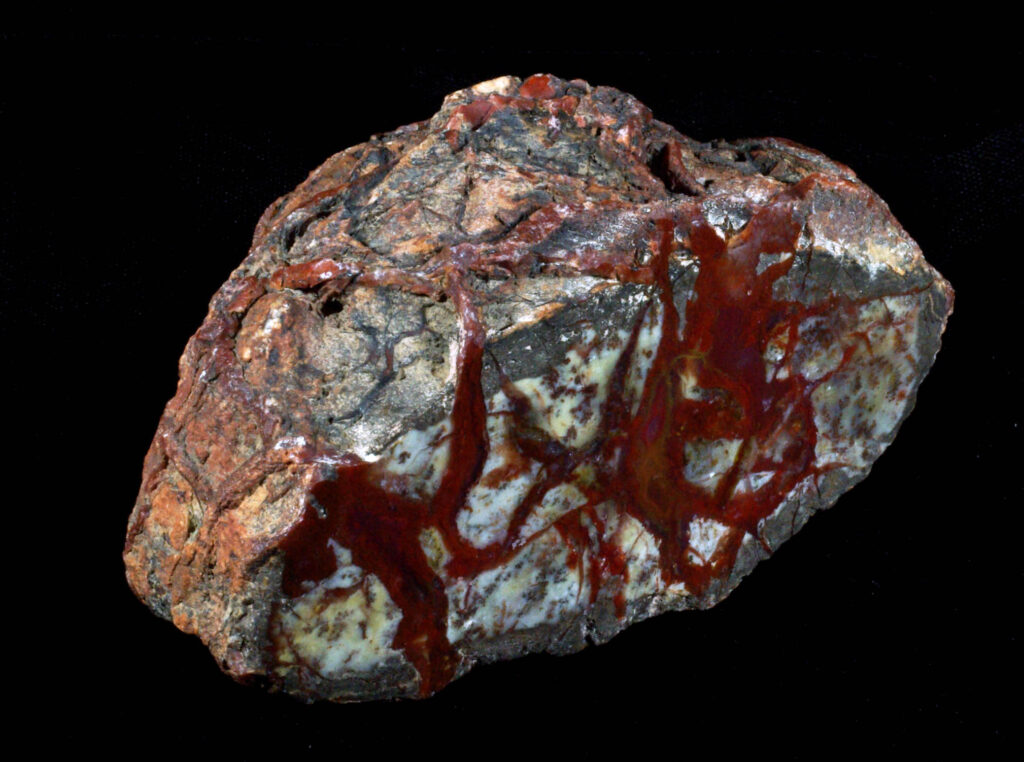
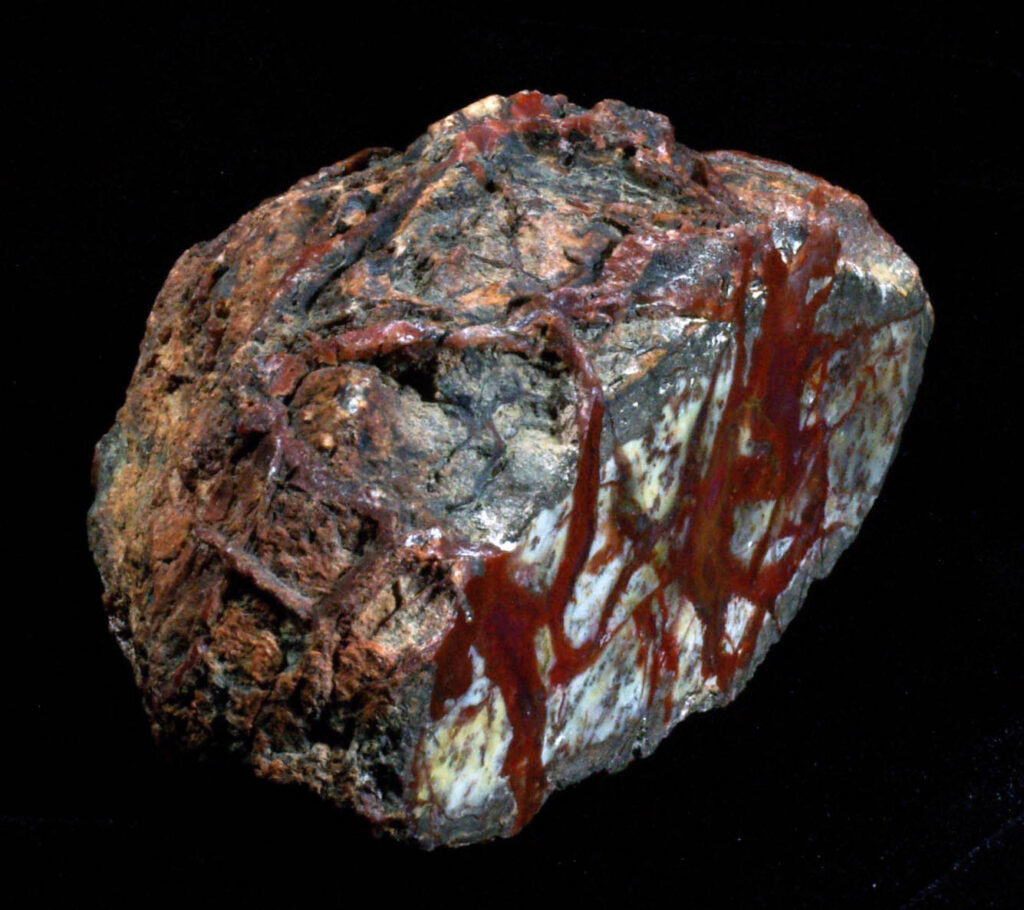
116. Henry Mountains. Concretion or coprolite. This is a top grade example of agatized rock generally called coprolite by old-timer rockhounds. Anyone rock hunting in the Henry Mountains and other places on the Colorado Plateau often encountered them. I’ve seen places where the ground was littered with them. The truth is that some are actually dinosaur coprolite and others are non-fossil concretions. Those I know for certain were coprolites had with embedded fossil bone or gastroliths. This one has no evidence of having been inside a dinosaur, but it’s beautifully agatized. Cut and polished on one end. No glue or filler. 6 by 11 cm polished face; 7 cm thick; one pound and seven ounces.
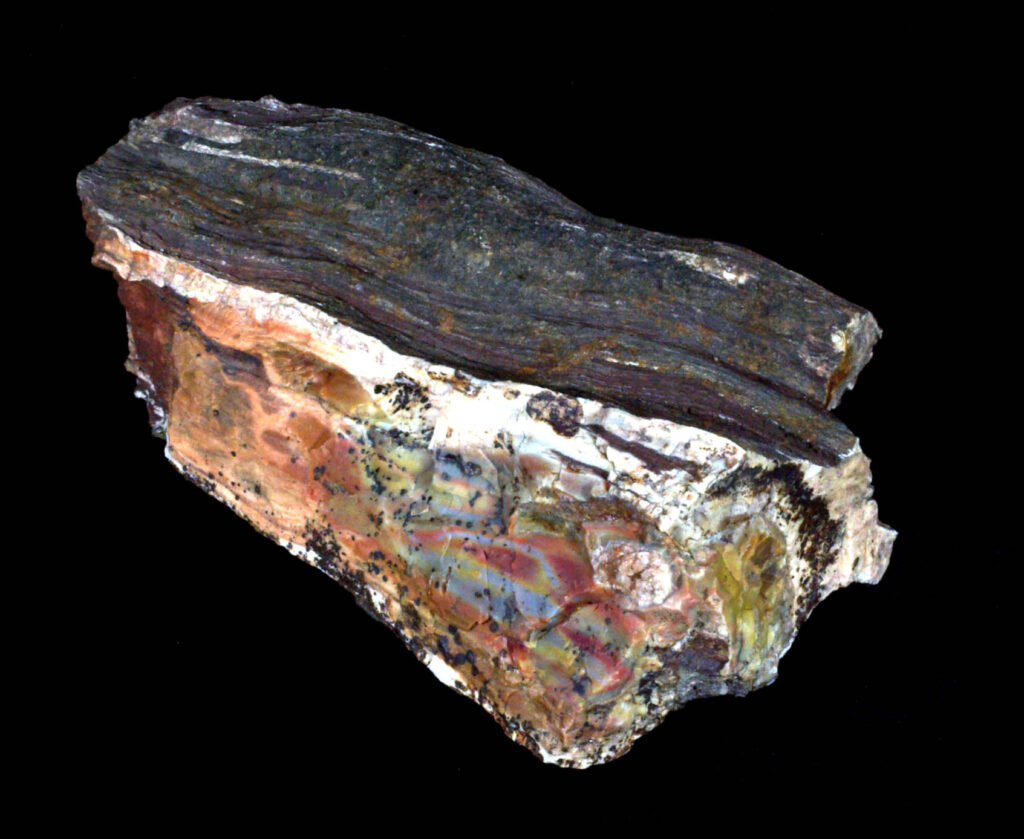
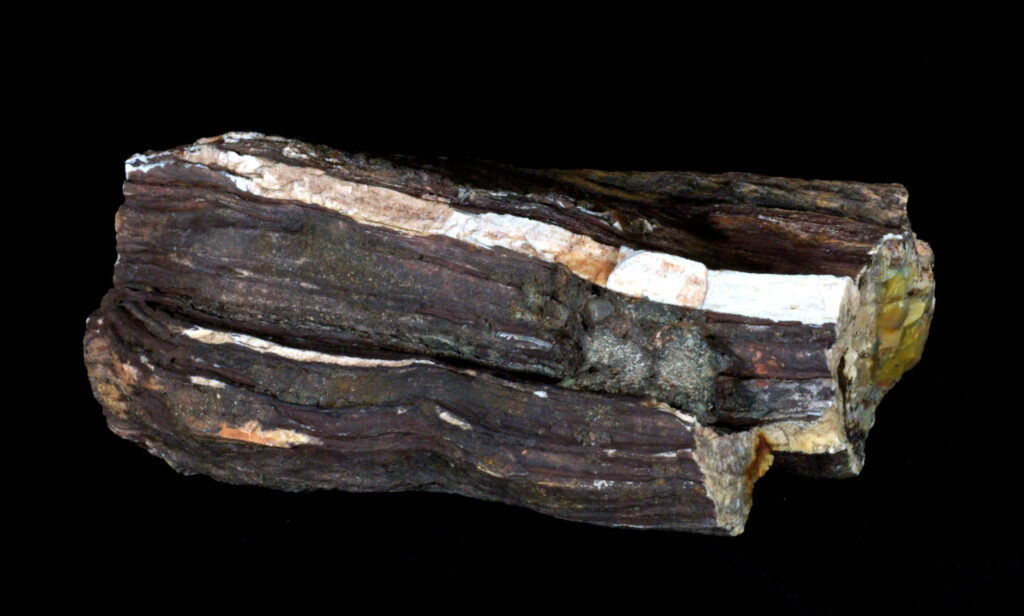
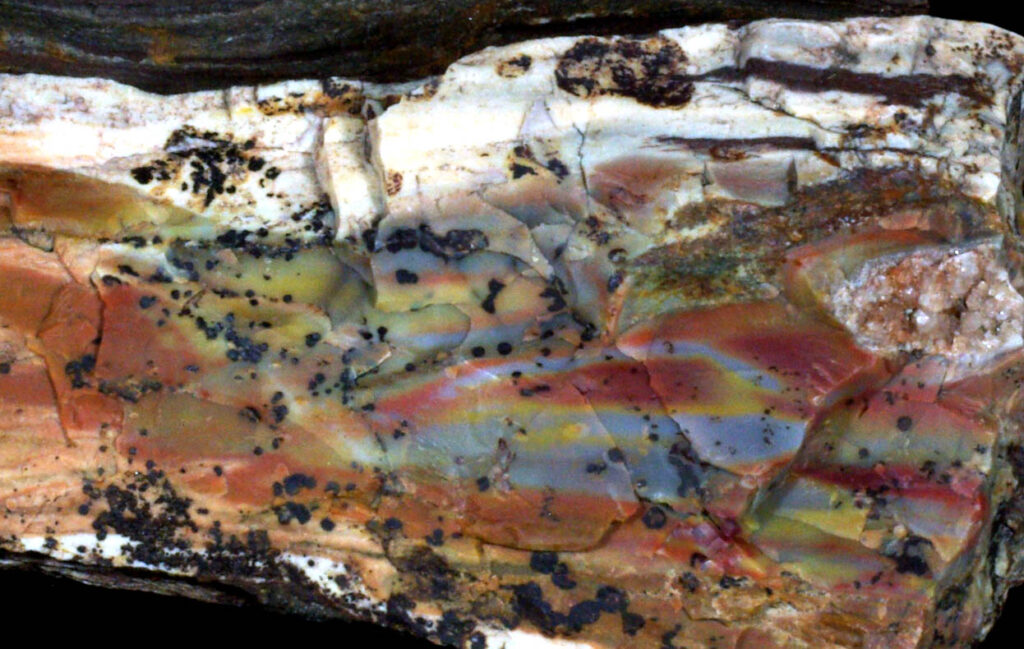
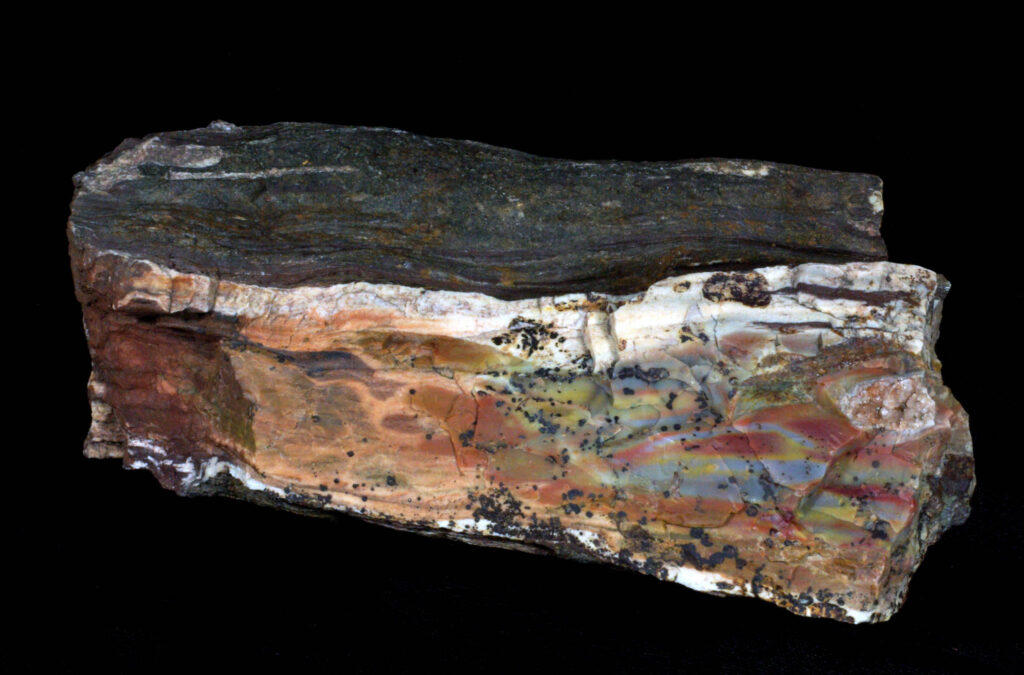
117. Henry Mountains, southern drainage. Jurassic; Morrison formation. Solid piece with one attractively colored side. As found. No glue or filler. It would fit in a box of about 17 by 11 by 7 cm; weight is three pounds.
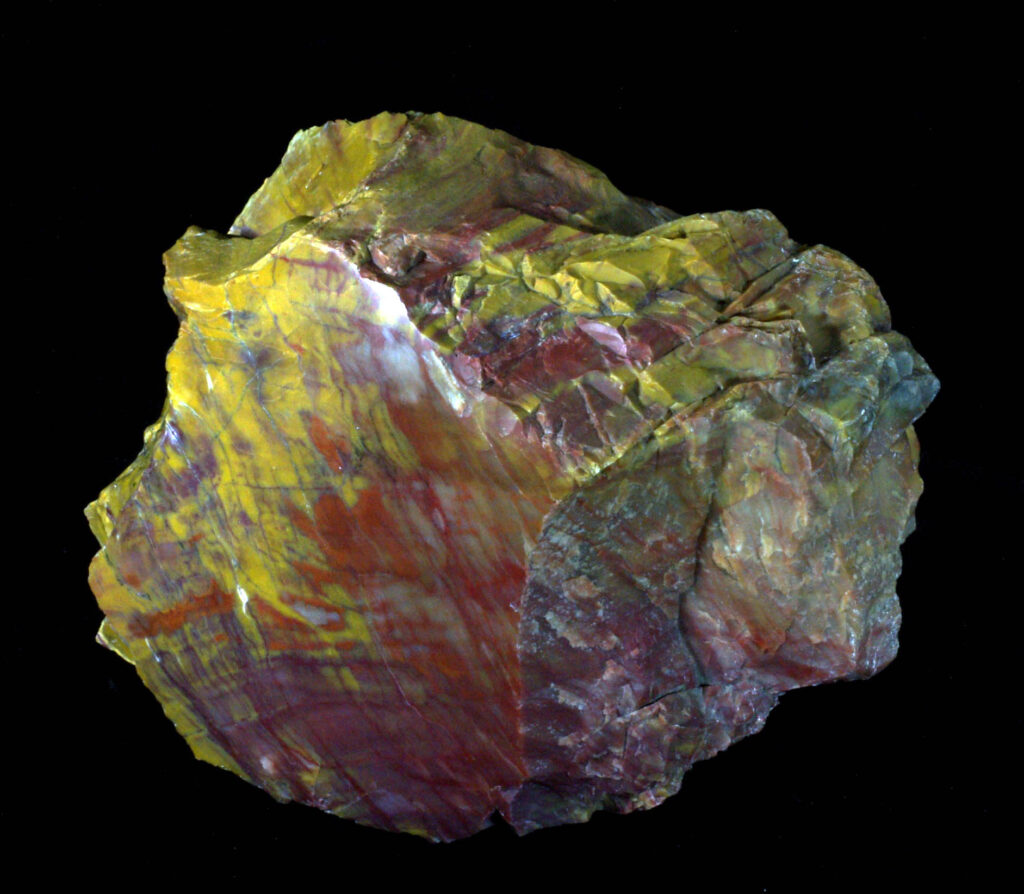
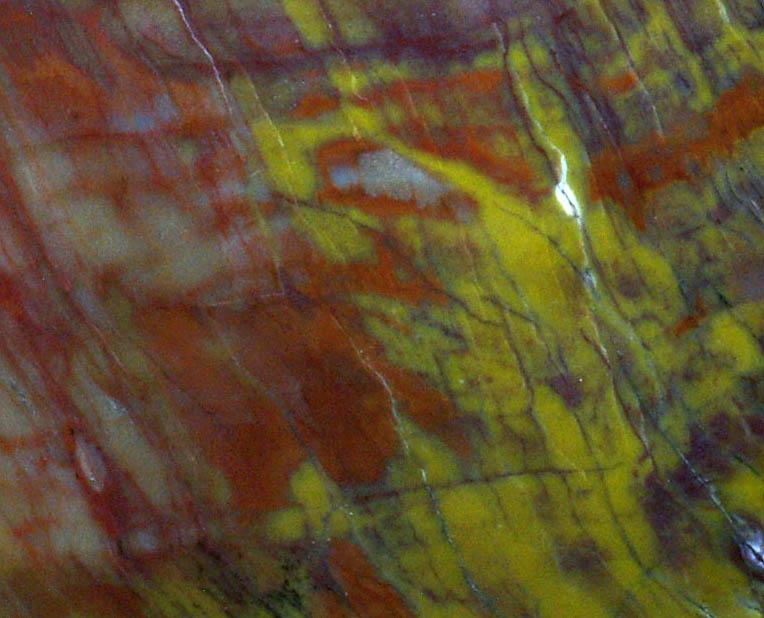
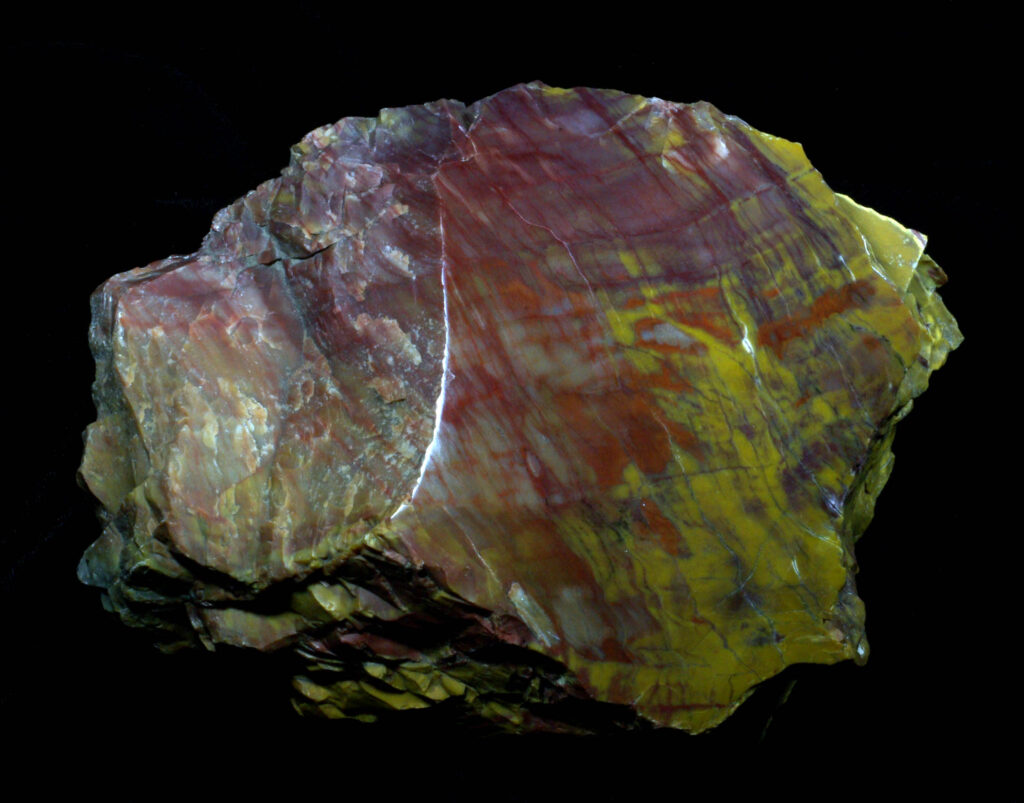
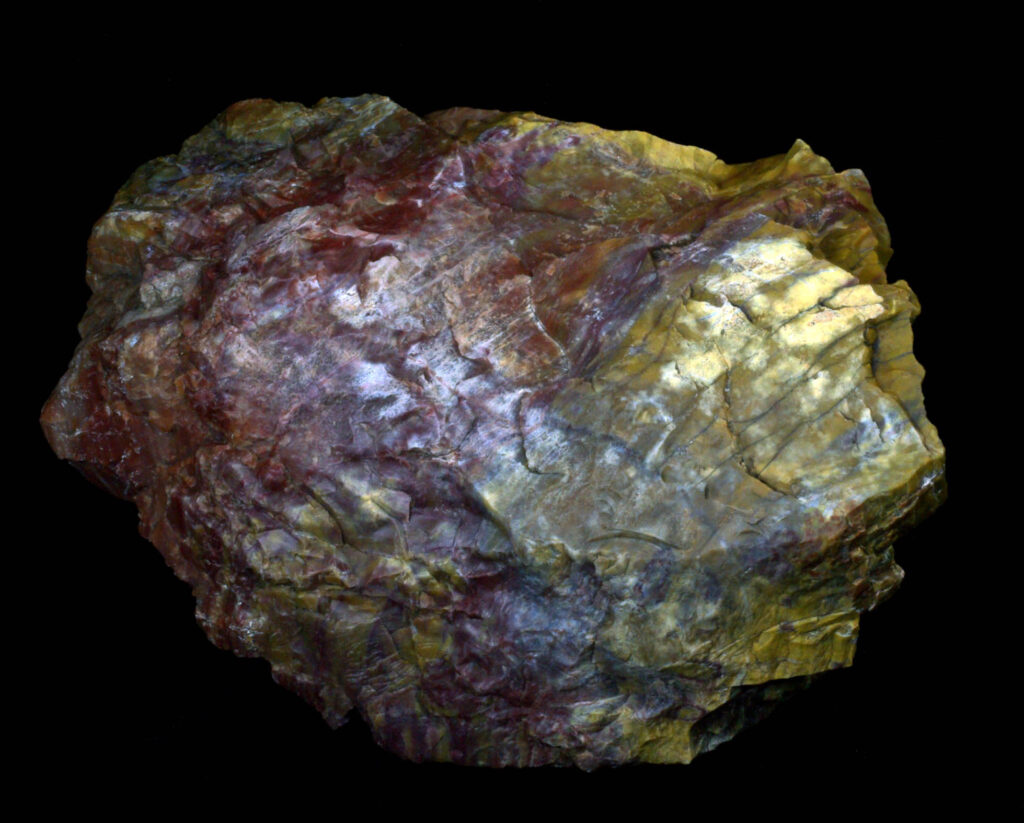
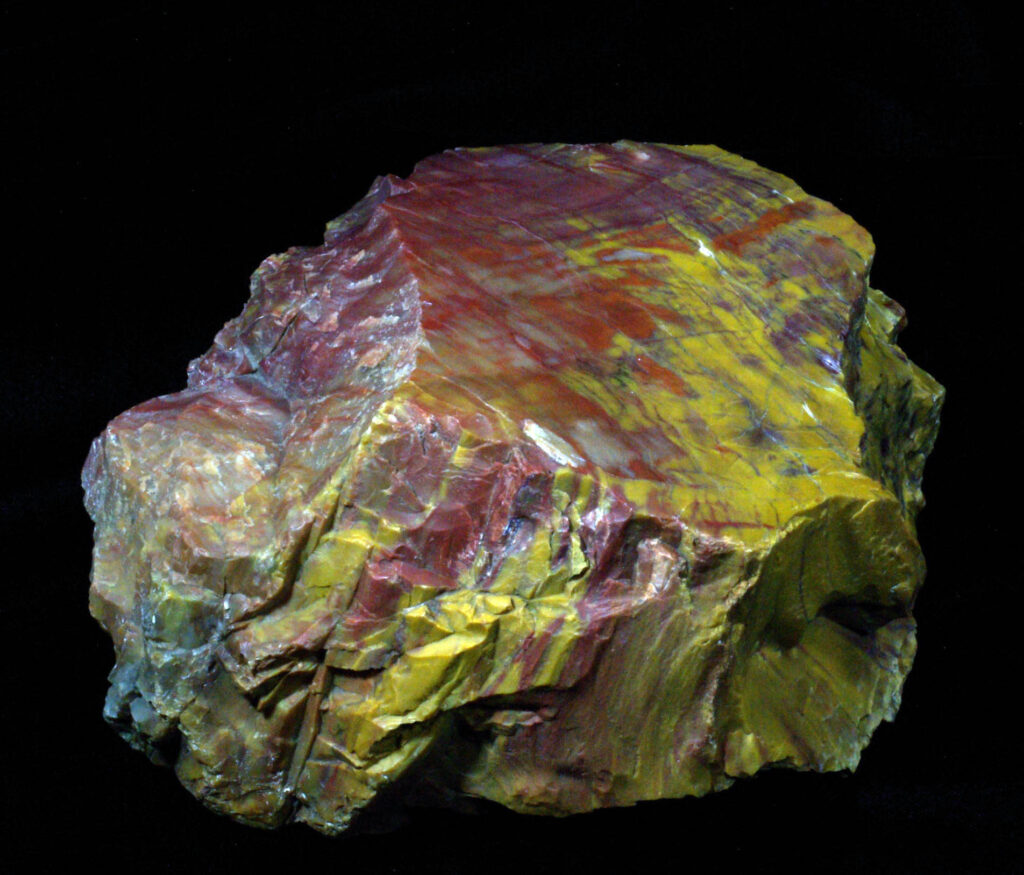
118. Henry Mountains, southwestern drainage. Jurassic; Morrison formation. Solid piece. Excellent quality wood, beautiful with yellow and red patterns. Dome-polished on one aspect. No glue or filler. It would fit in a box of about 9 by 13 by 19 cm; weight is six pounds.
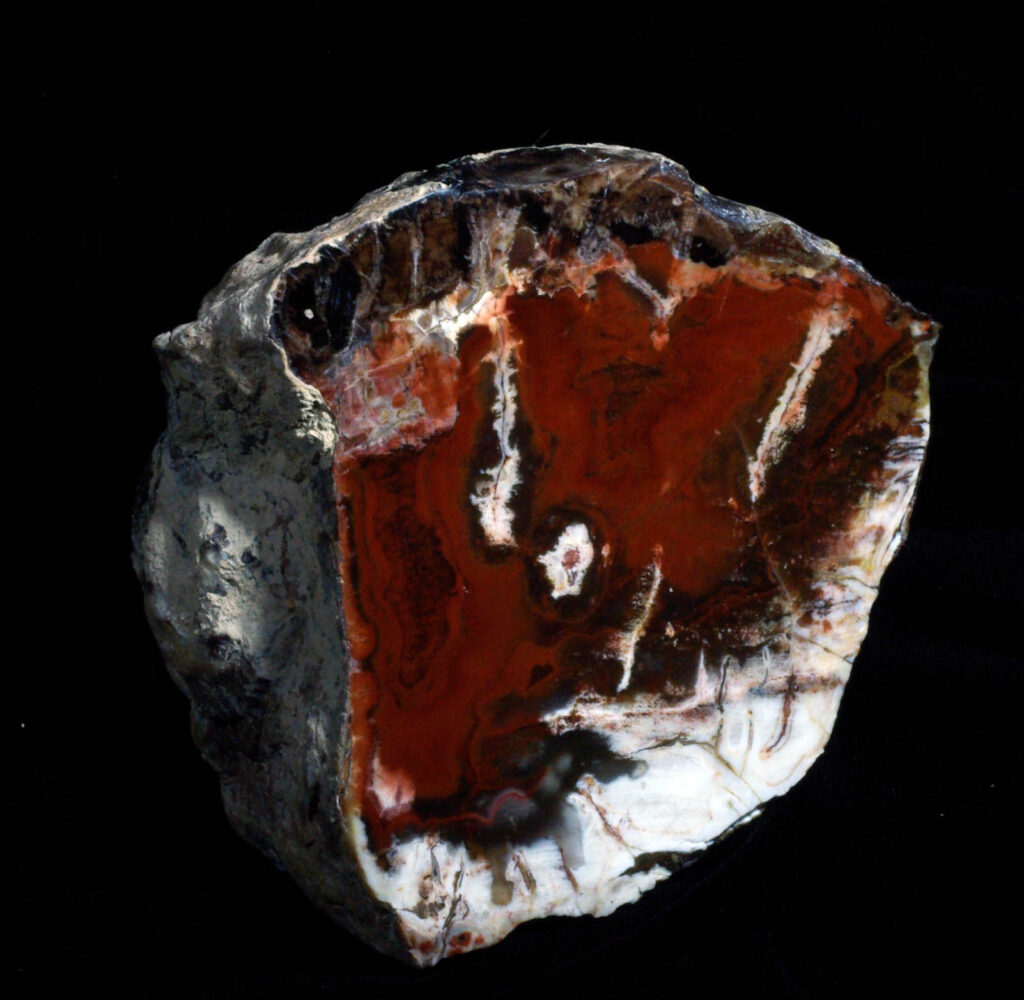
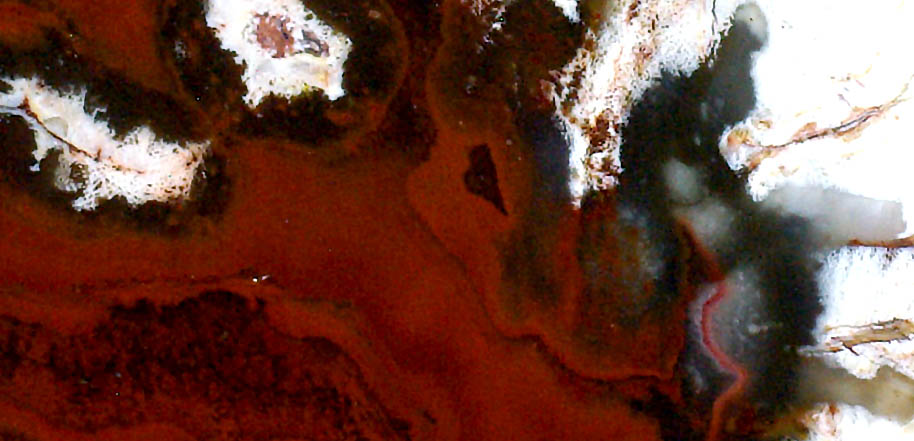
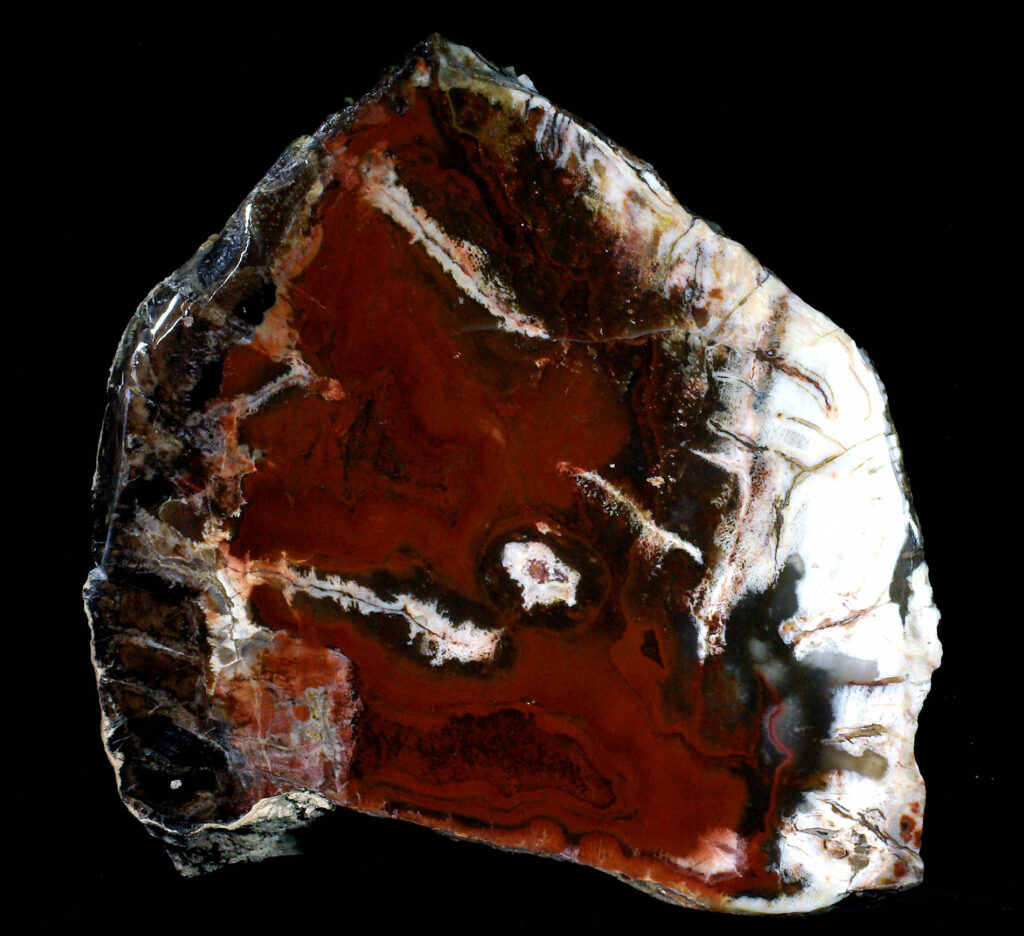
119. Nephi. Oligocene palm. Likely Palmoxylon hebberttii. Specimen round chunk, cut and polished on one end. 14 by 16 cm polished face; 11 cm thick; seven pounds and fifteen ounces.
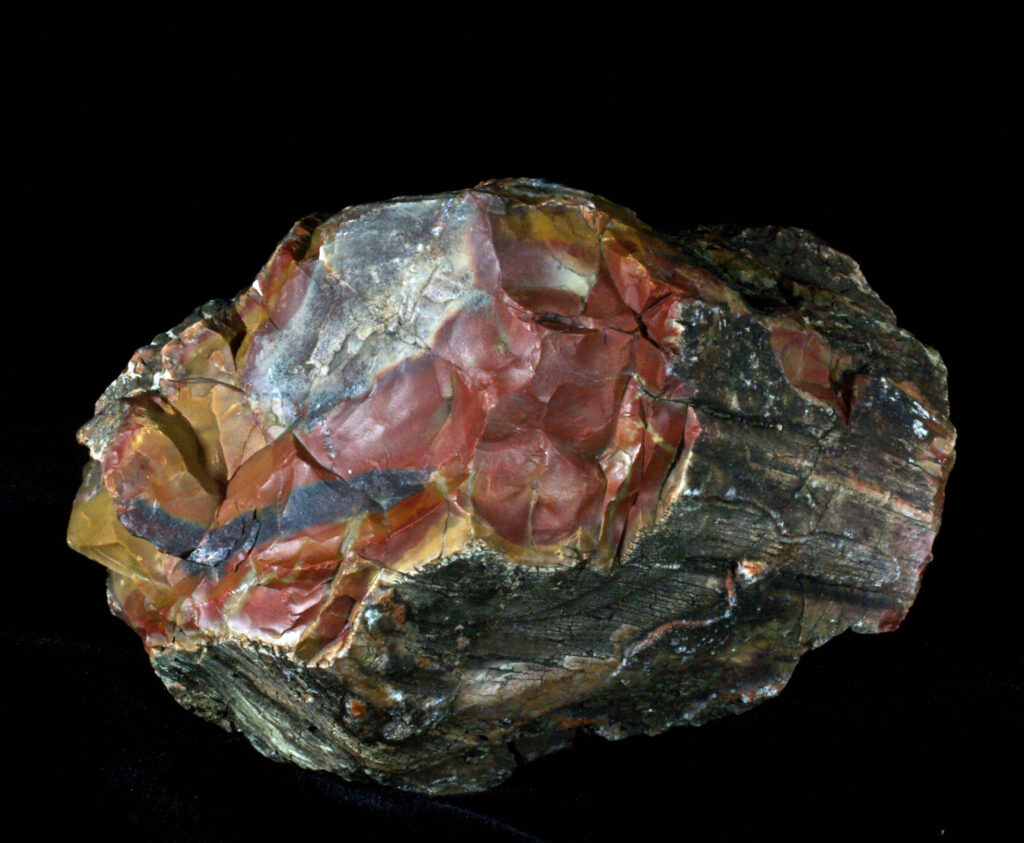
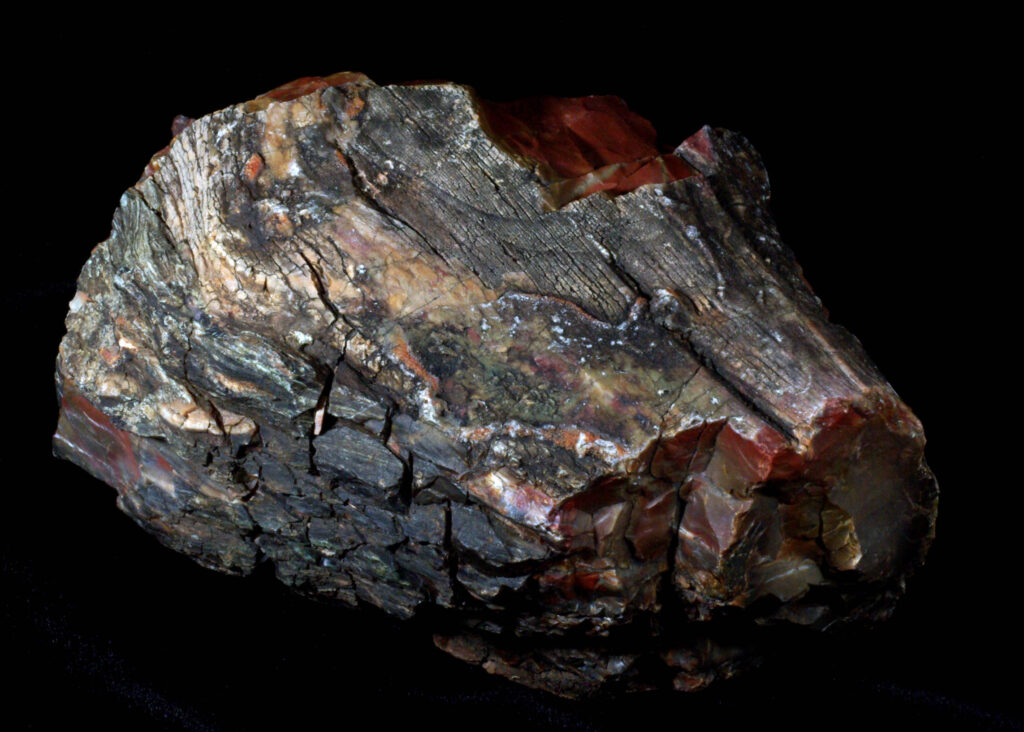
120. Circle Cliffs. Triassic; Chinle formation. Nice looking, solid, gnarly, log, as found. No glue or filler. It would fit in a box of about 12 by 14 by 21 cm; eight pounds and four ounces.
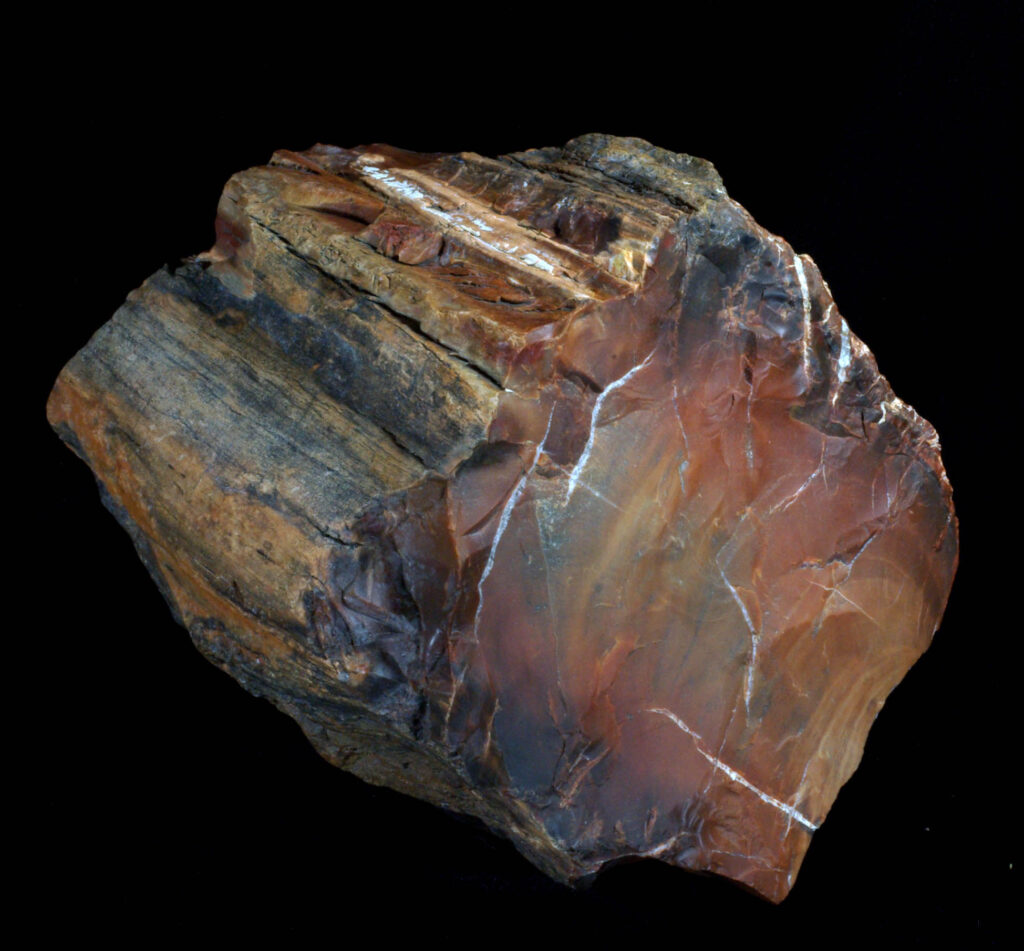
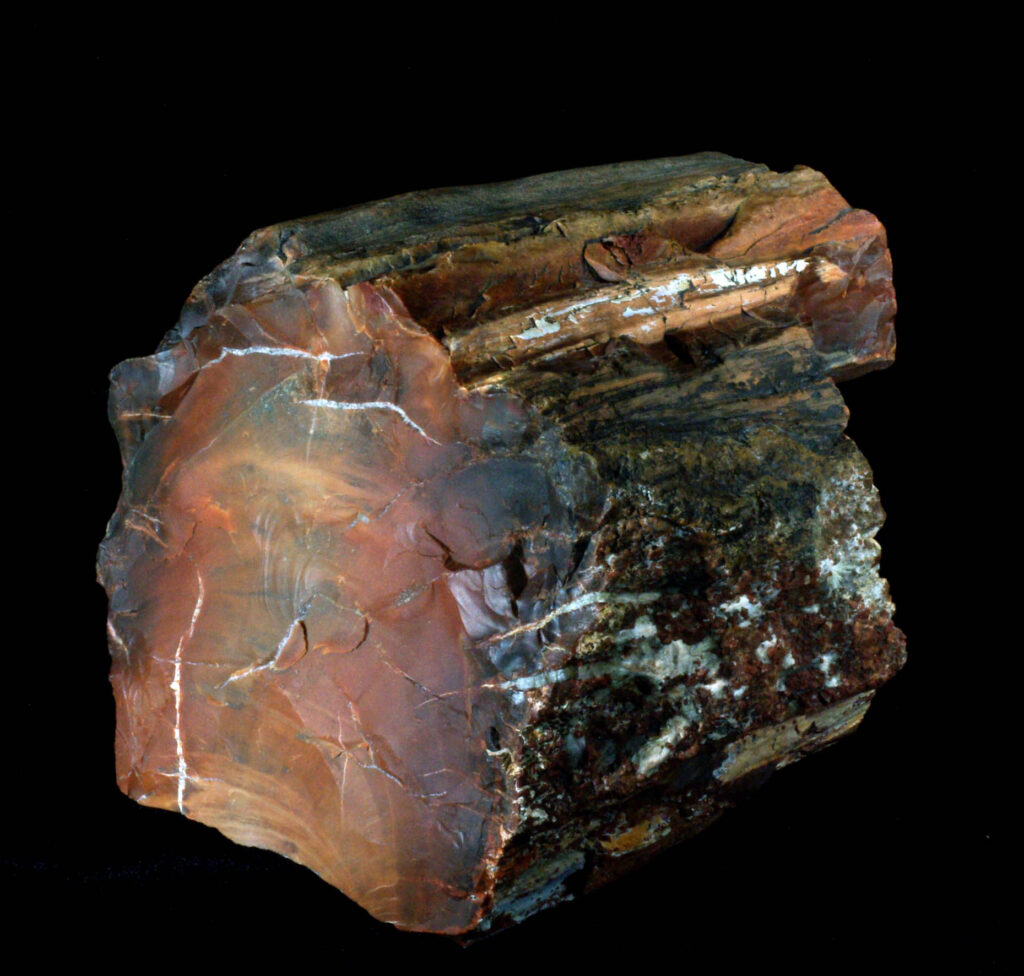
121. Circle Cliffs. Triassic; Chinle formation. Specimen round log with an attractive flat face, as found. No glue or filler. It would fit in a box of about 13 by 18 by 17 cm; ten pounds and three ounces.
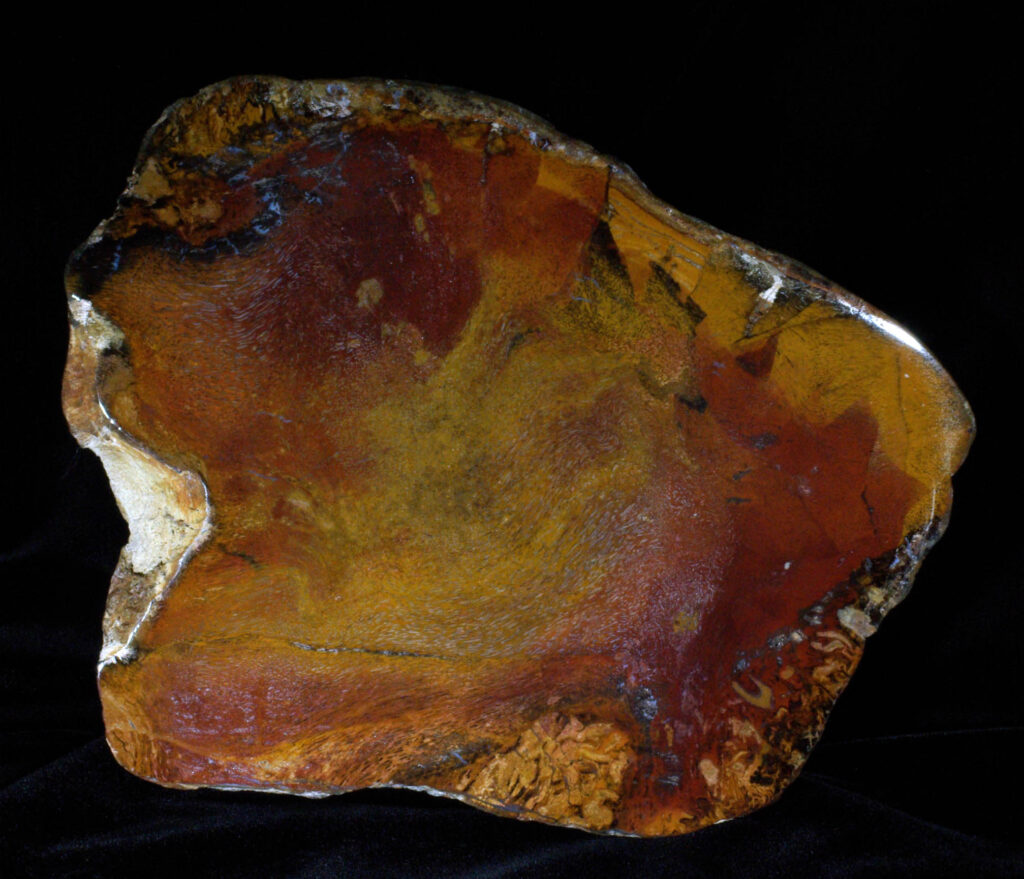
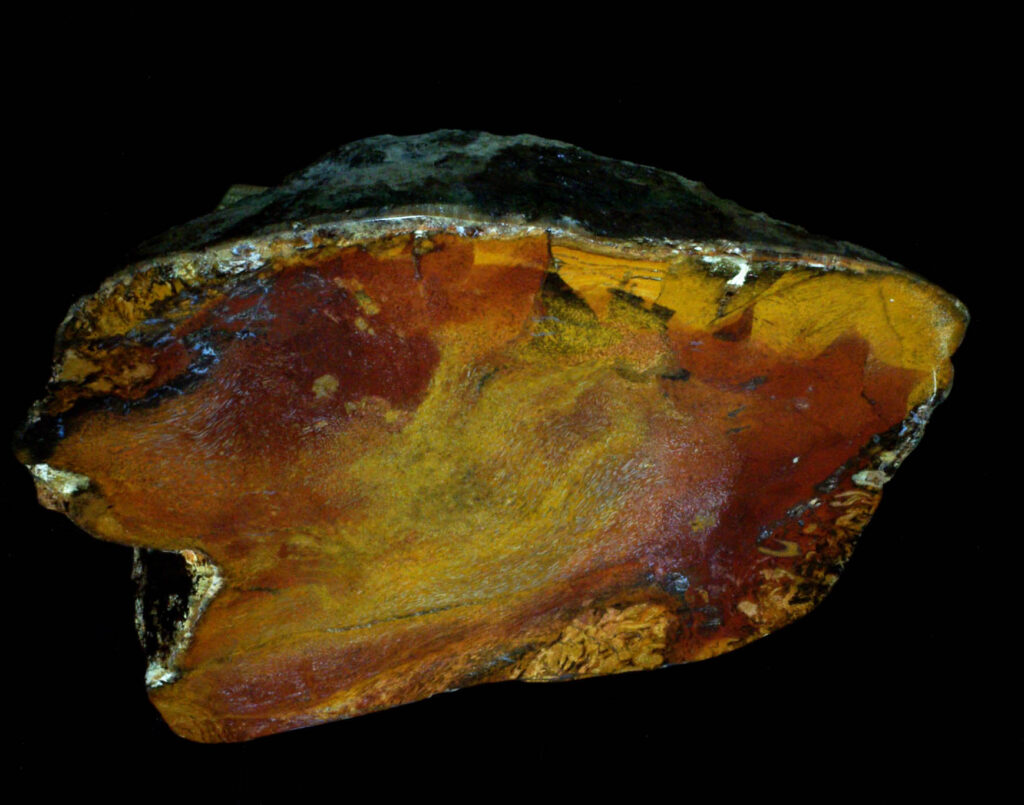
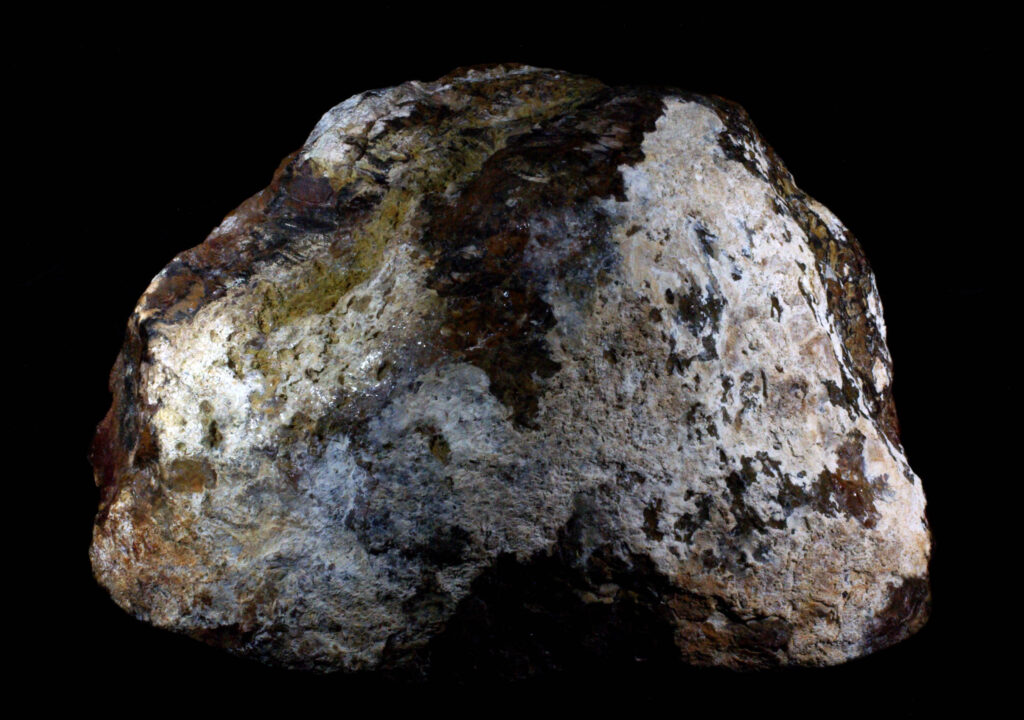
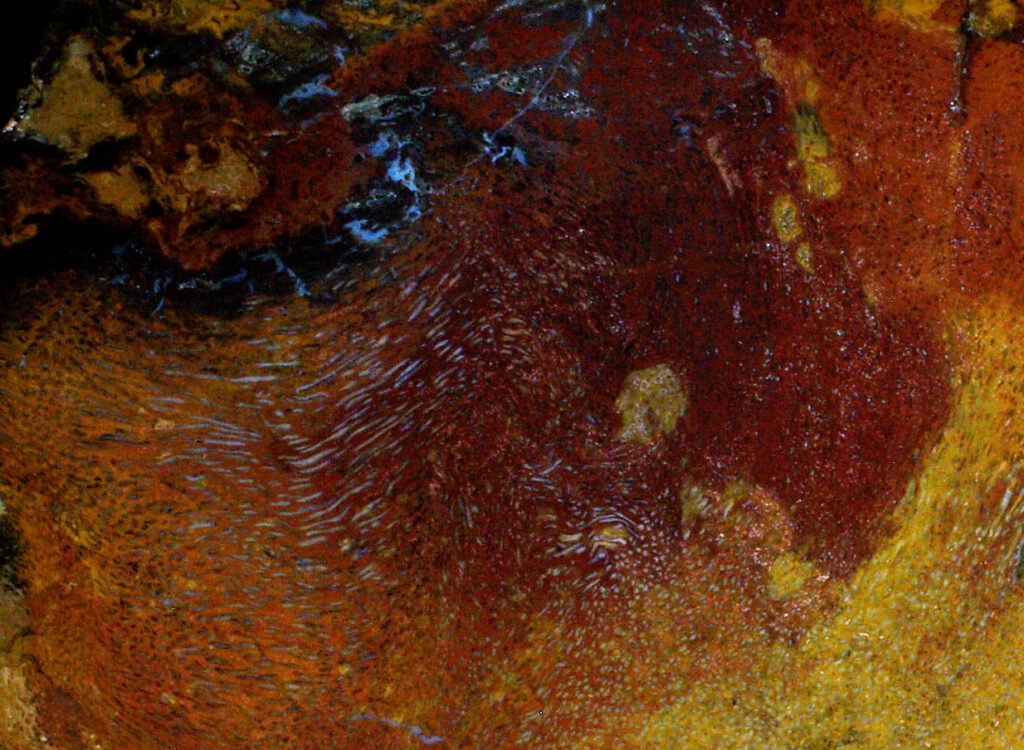
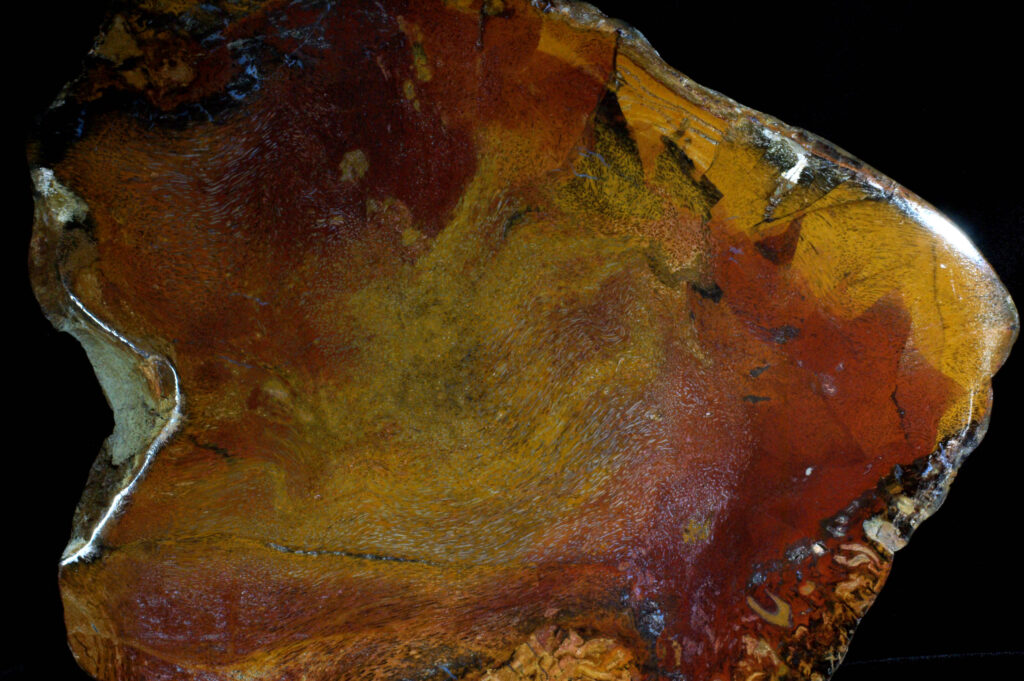
122. Nephi. Oligocene palm root ball. Likely Palmoxylon hebberttii. Half the root ball, cut and polished on the large face. Astoundingly rare and impossibly perfect. Dr. William Tidwell of Brigham Young University and Dr. E. M. V. Nambudiri of Nipissing University co-authored an excellent article about the Nephi location in the Canadian Journal of Botany which was published in 1998. The focus of the article was the petrified palm wood from the Nephi area. The authors noted with some apparent consternation that their analysis of the palm wood from the location was especially “significant because virtually all fossil palm remains at this locality have now been removed by amateur collectors. Thus, because of the lack of opportunity for further collecting, not only is this the first, but may well be the only species of Palmoxylon to be described from this site.” Drs. Tidwell and Nambudiri had twenty-four specimens to use in their analysis. They determined that all twenty-four were of the same species and that this was a previously unknown species of palm which they named Palmoxylon hebberttii. They determined the geologic strata to be the Sage Valley Limestone Member of the Goldens Ranch Formation which they estimate to be no older than Lower Oligocene in age, making the wood approximately 33 million years old. I find it interesting that this is about the same age as the fossil palm wood from Louisiana. I cannot say with certainty that this palm species is the same as that analyzed in the article. I’ve seen and owned several beautiful palm specimens from this location, but this is the only Nephi root ball I know of. Note the roots. 29 by 22 cm polished face; 12 cm thick; twenty-one pounds and ten ounces.
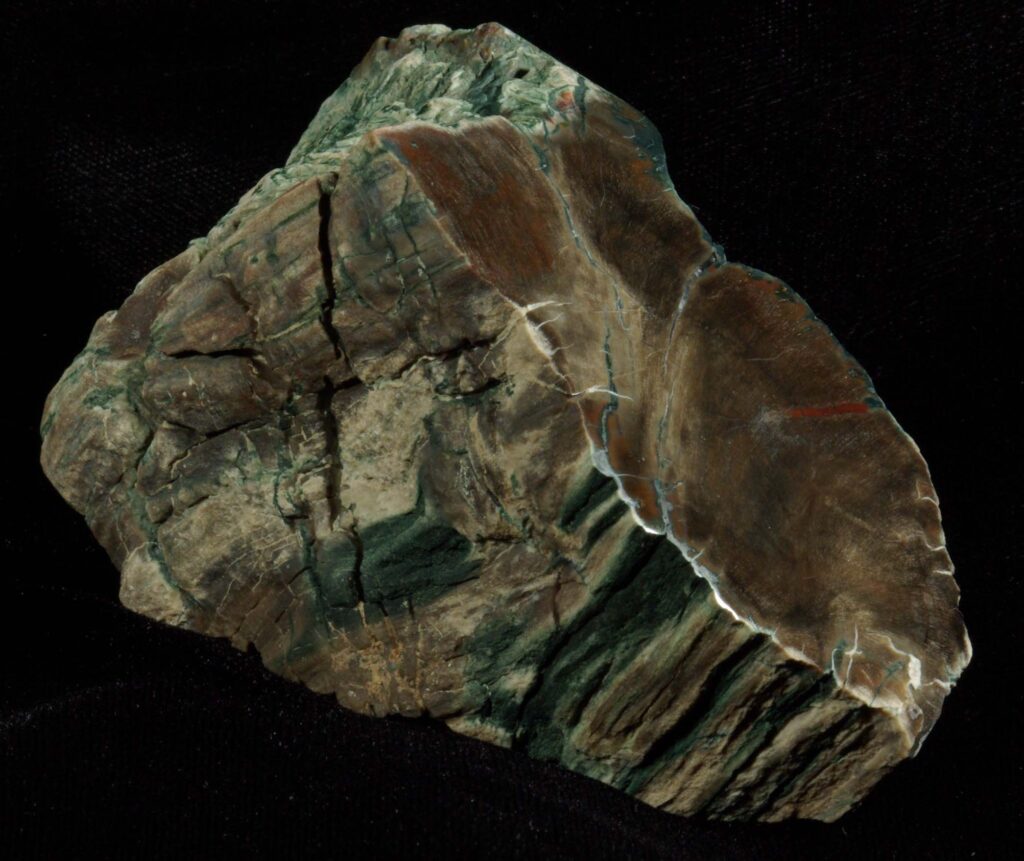
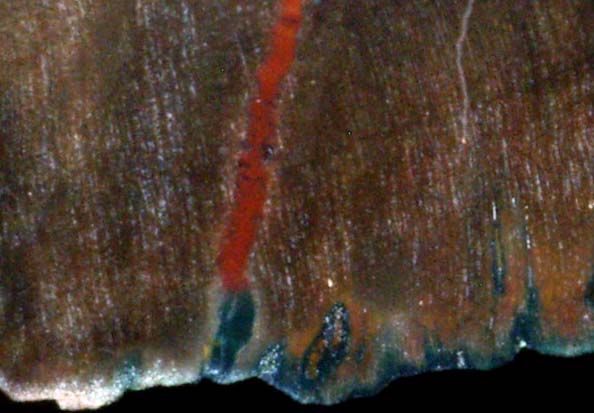
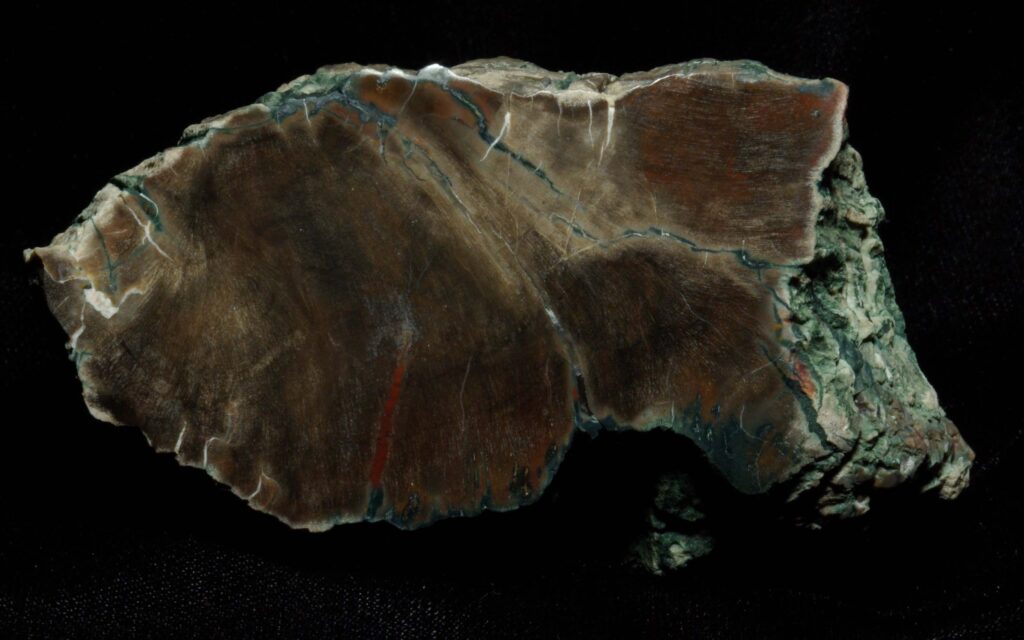
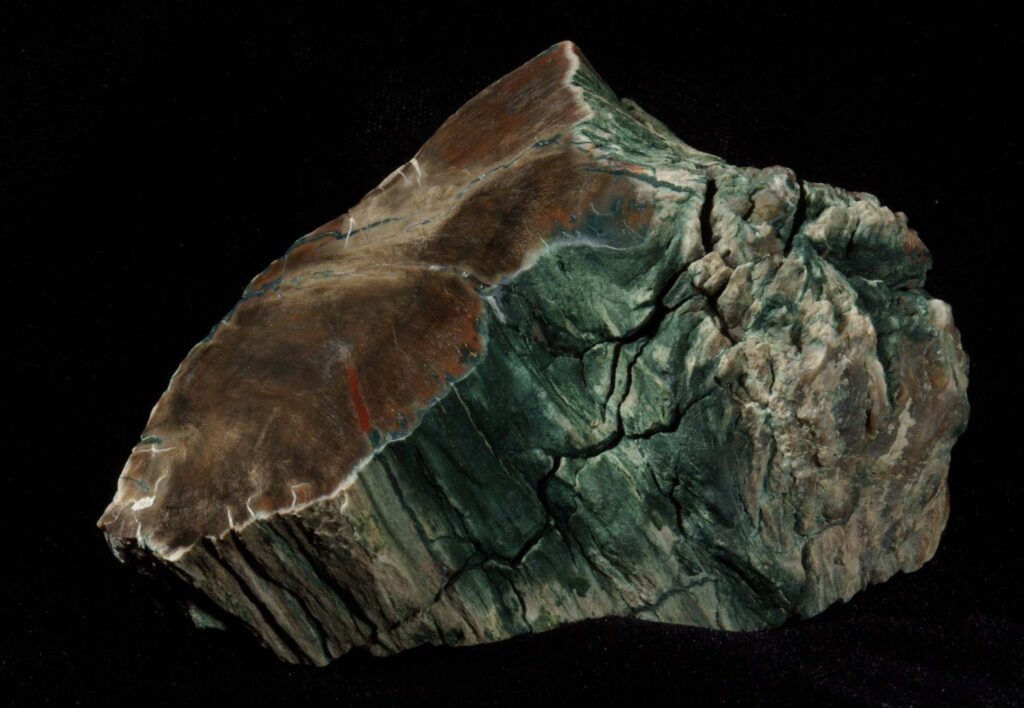
123. Henry Mountain area. Triassic; Chinle formation. Specimen round log (45% full) with an unusual and attractive green striped exterior and an interesting branch base. Dark polished face is interesting upon closer inspection. The red/green interfaces are of interest regarding color being affected by the valence state of iron oxide. No glue or filler. 7.5 by 4 cm polished face; 7 cm long; fifteen ounces.
